Rhodonite
The Gemstone of Compassion and Emotional Healing
Rhodonite is a stunning pink-and-black gemstone, prized for its emotional healing properties, bold aesthetic, and historical significance. This unique mineral has been cherished for centuries as a balancing stone, known for promoting love, forgiveness, and emotional stability.
In this comprehensive guide, we’ll explore Rhodonite’s origins, formation, cultural significance, market value, jewelry uses, gemstone pairings, artistic color inspirations, and more.
Origin of Rhodonite
Rhodonite is a manganese silicate mineral, primarily found in metamorphic environments where manganese-rich deposits interact with heat and pressure. The stone is most notable for its pink to rose-red hue, accented with black veins of manganese oxide.
Major Rhodonite Deposits:
-
Russia (Ural Mountains) – Home to some of the finest and largest specimens, including historic carvings and artifacts.
-
United States (Massachusetts, New Jersey, North Carolina, Colorado) – Produces high-quality pink varieties.
-
Brazil – Known for deep pink Rhodonite with minimal black veining.
-
Peru – A key exporter of jewelry-grade Rhodonite.
-
Sweden – The first country where Rhodonite was officially identified, giving it its name.
-
Australia & Canada – Notable sources for rugged, dark-patterned Rhodonite.
Russia has historically been the largest supplier of high-quality Rhodonite, often used in ornamental carvings and decorative objects.
Formation Process of Rhodonite
Rhodonite is a metamorphic mineral, forming in regions where manganese-rich rocks undergo high temperatures and pressure changes.
Formation Process:
-
Manganese Deposits Undergo Metamorphism – Over time, heat and pressure transform manganese silicates into Rhodonite.
-
Iron and Manganese Oxidation Creates Black Veins – These dark inclusions add contrast and character to the stone.
-
Crystallization Occurs in Contact Metamorphic Zones – Rhodonite forms near igneous intrusions where hot magma interacts with sedimentary rocks.
This geological process results in Rhodonite’s signature pink-and-black marbled patterns, making each stone one-of-a-kind.
Cultural Significance and Meaning of Rhodonite
Rhodonite has been highly valued across civilizations, symbolizing emotional healing, love, and inner strength.
Historical & Cultural Uses:
-
Russia (18th-19th Century) – Used in royal jewelry, palace decorations, and sculptures.
-
Ancient Greece & Rome – Worn as an amulet for emotional balance and protection.
-
China – Associated with yin energy and emotional harmony in feng shui.
-
Native American Tribes – Used in heart-centered healing rituals.
Metaphysical & Healing Beliefs:
-
Emotional Healing & Self-Love – Thought to soothe past traumas and encourage forgiveness.
-
Balance & Grounding – Aids in maintaining inner peace and stability.
-
Heart Chakra Activation – Enhances compassion, love, and emotional clarity.
Rhodonite is often called the "Stone of Compassion," promoting understanding and emotional resilience in both historical and modern contexts.
Market Value and Rarity
Rhodonite is a semi-precious gemstone, with prices varying based on color saturation, pattern clarity, and rarity.
Rhodonite Price Ranges (2024 Data):
-
Tumbled Stones – $5 – $20 per piece.
-
Cabochons (Jewelry-Grade) – $15 – $80 depending on quality.
-
Beaded Bracelets – $25 – $100 depending on uniformity and cut.
-
Carvings & Decorative Pieces – $50 – $500+ for large sculptures.
-
Collector’s Specimens (High-Purity Pink) – $100 – $1000 for museum-grade pieces.
High-quality Rhodonite with intense pink color and minimal black veining is more valuable, while those with heavy black manganese inclusions are more affordable.
Rhodonite Properties
External
Career & Success
Confidence & Recognition
Relationships & Communication
Love & Compassion
Inner
Composure
Calmness
Excellence
Initiation
Zodiac

Element


Chakras


Planet


Mohs Hardness
5.5 - 6
Click to copy the Rhodonite properties
Jewelry Uses and Fashion Tips
Rhodonite’s vibrant pink hues and dark contrast patterns make it a striking choice for jewelry.
Best Jewelry Styles:
-
Statement Rings – A bold, artistic centerpiece.
-
Pendant Necklaces – Enhances feminine and soft aesthetics.
-
Beaded Bracelets – Popular in bohemian and casual fashion.
-
Earrings & Studs – A subtle yet elegant pink accent.
Fashion Styling Tips:
-
Soft & Romantic Looks – Pairs well with pastel clothing and rose gold jewelry.
-
Edgy & Modern Styles – Wear with black, silver, or metallic accessories.
-
Boho & Earthy Fashion – Combine with natural fabrics and wooden elements.
Rhodonite’s versatility makes it perfect for both everyday wear and statement pieces.
Pairing Rhodonite with Other Gemstones or Materials
Complementary Gemstones:
| Gemstone | Why It Pairs Well with Rhodonite |
|---|---|
| Rose Quartz | Enhances love, self-care, and harmony. |
| Onyx | Provides grounding energy and strong contrast. |
| Labradorite | Adds an element of mysticism and transformation. |
| Moonstone | Softens and balances Rhodonite’s bold hues. |




Best Metal & Material Pairings:
-
Gold & Copper – Complements Rhodonite’s warm pink tones.
-
Sterling Silver – Creates a sleek, modern contrast.
-
Wood – Adds a bohemian, natural feel.




These pairings enhance both the energy and visual appeal of Rhodonite jewelry.
Crystal Color Palettes for Artistic and Fashion Inspiration
Rhodonite’s pink-and-black color palette is a source of artistic and fashion inspiration. Here are five complementary colors with HEX codes:

- #E6A6A1 Blush Pink – A soft, romantic shade.
- #D4717A Deep Rose – Captures Rhodonite’s vibrant hue.
- #3A3A3A Charcoal Gray – Balances the pink with modern contrast.
- #C6A76E Warm Gold – Enhances the richness of pink hues.
- #F3E9DC Cream White – Adds a subtle, elegant highlight.
These color combinations reflect feminine, artistic, and grounding aesthetics, ideal for fashion, interior design, and branding inspiration.
Rhodonite has been called "The Stone of Forgiveness and Compassion." If you could give Rhodonite as a symbolic gift, who would you give it to and why? A friend, a loved one, or yourself?
Share your thoughts in the comments!


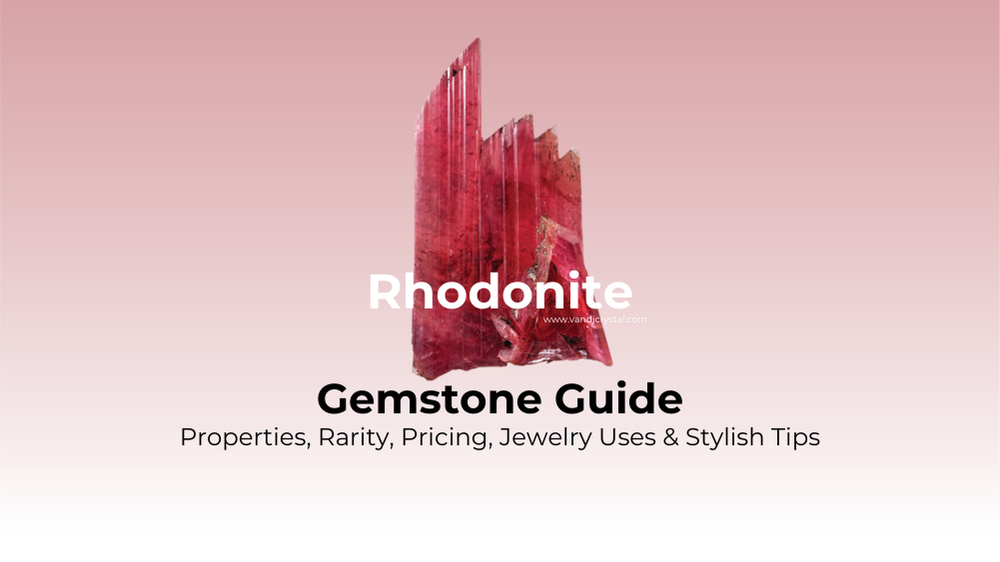
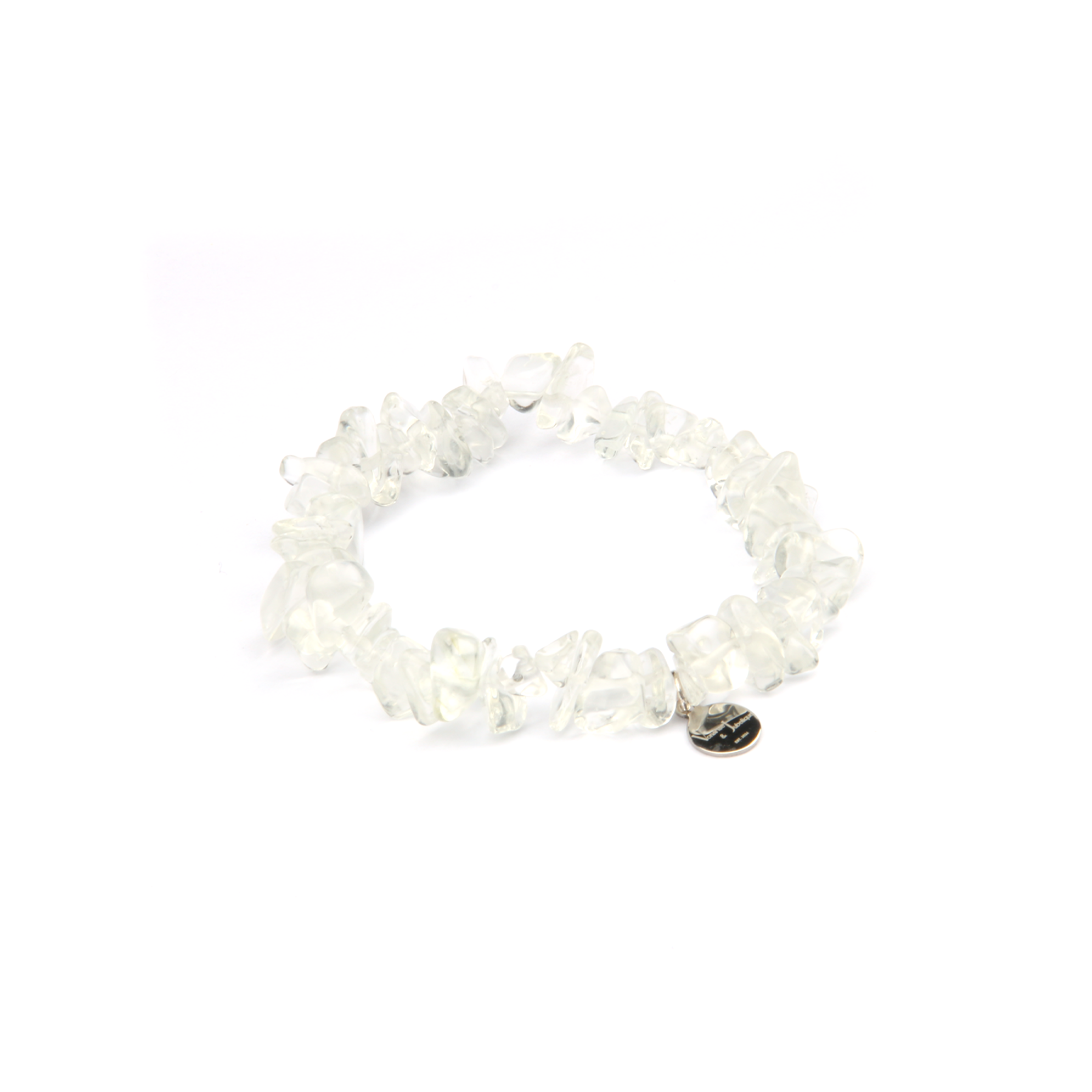
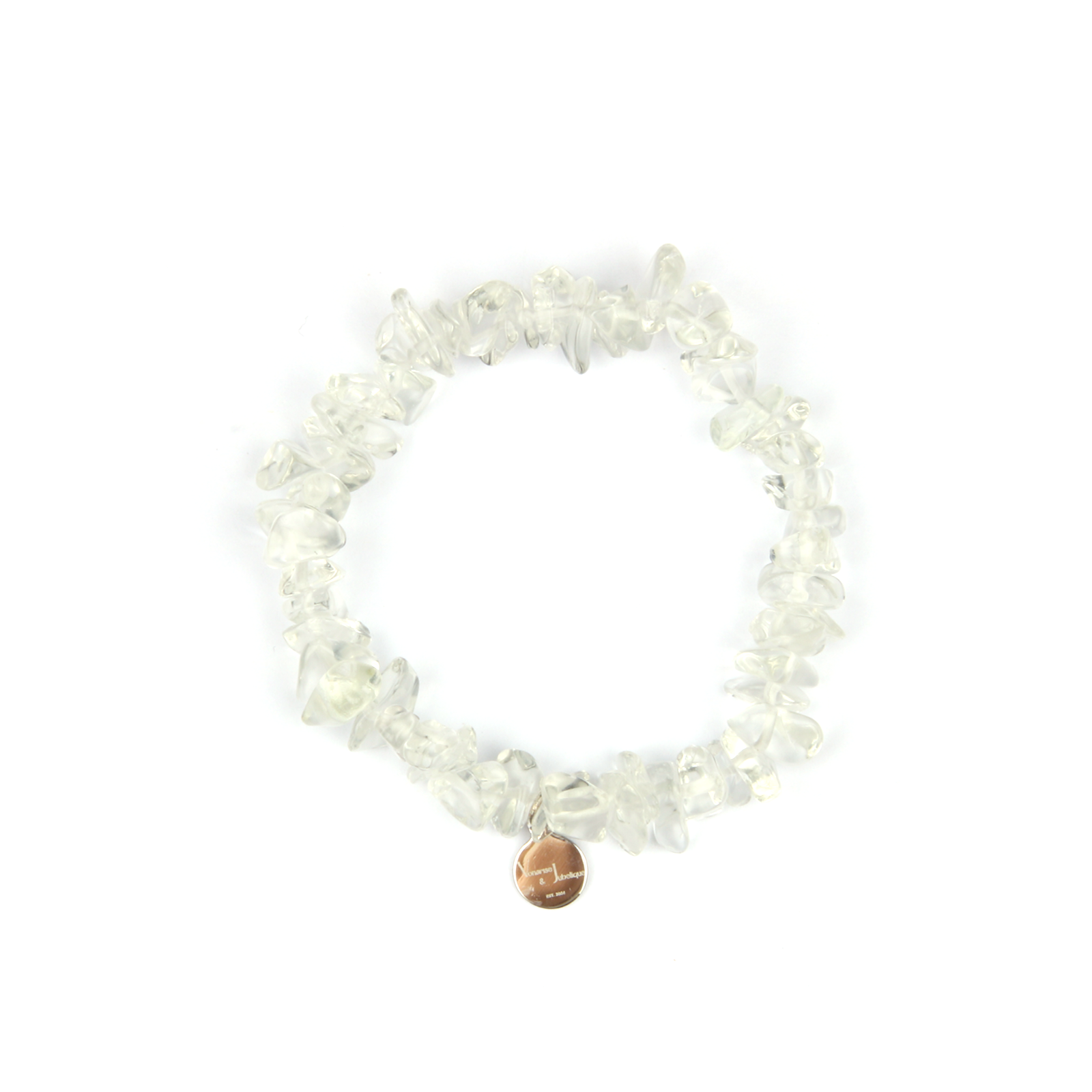
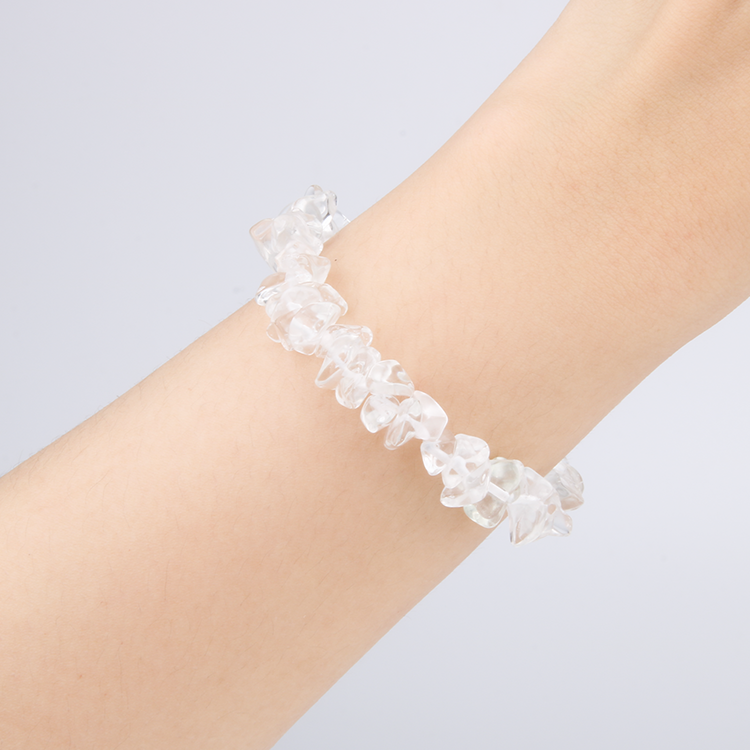

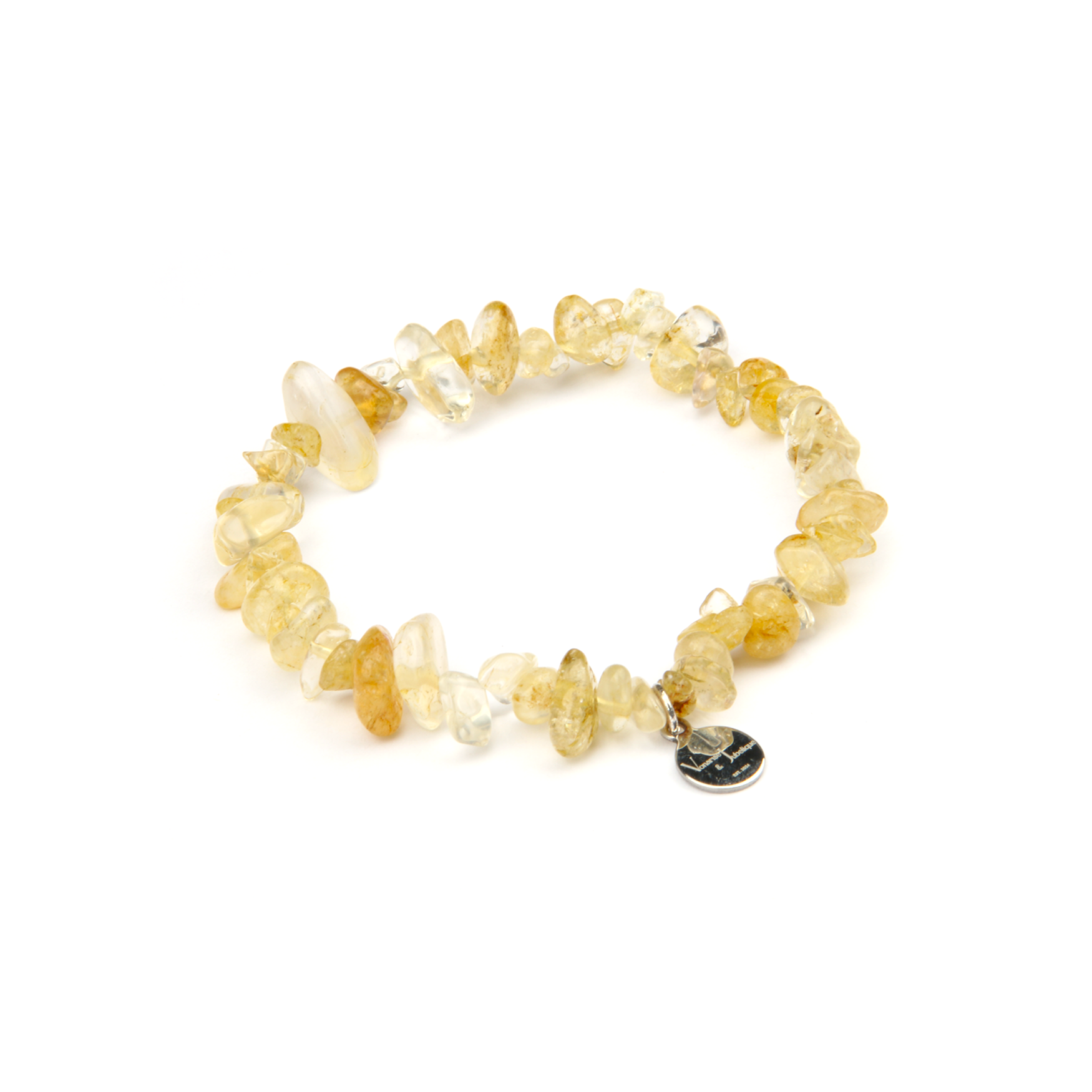
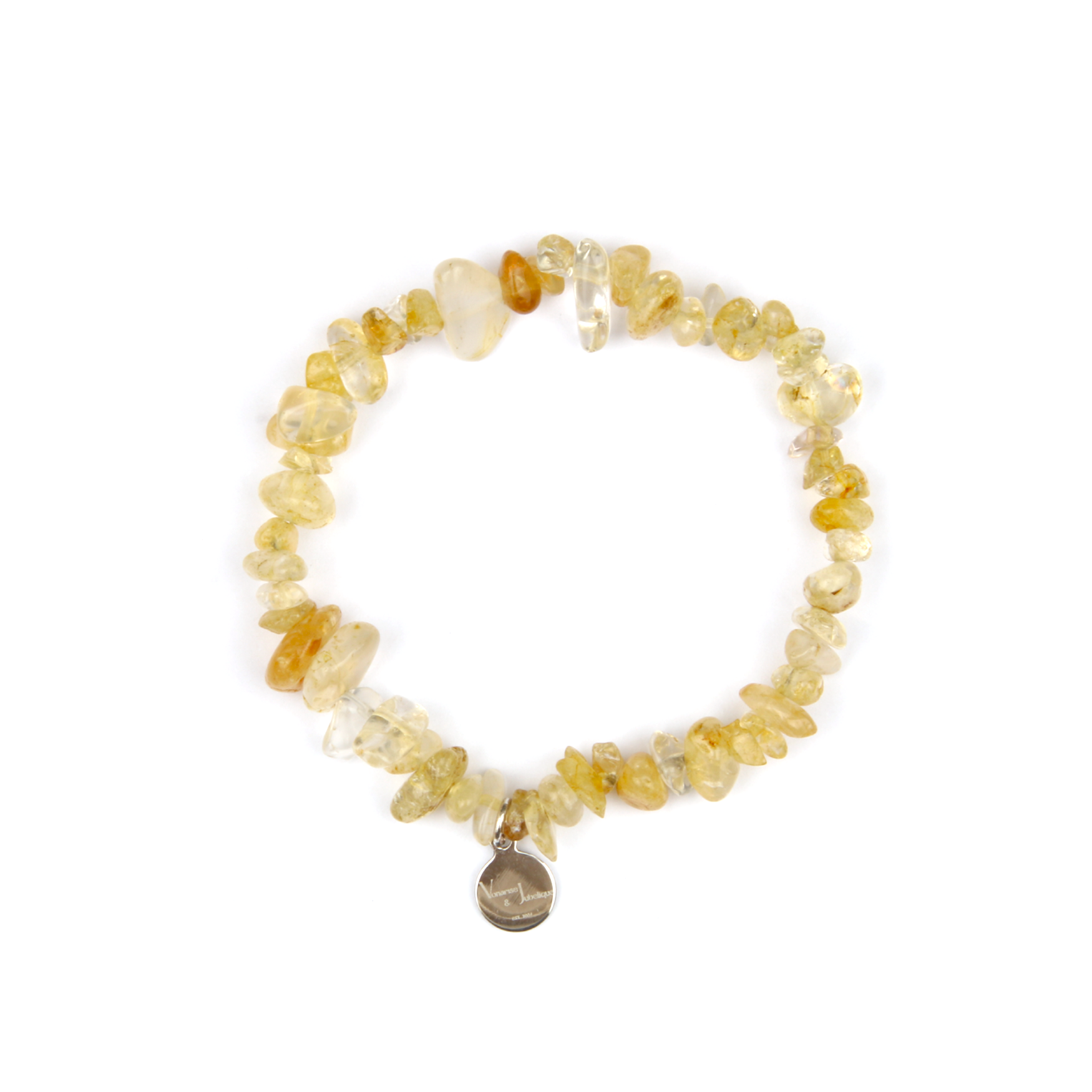
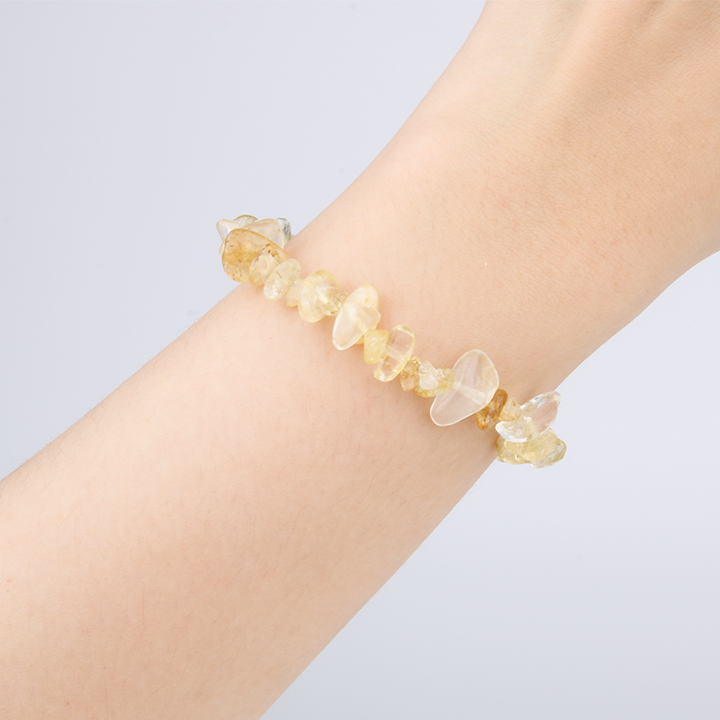
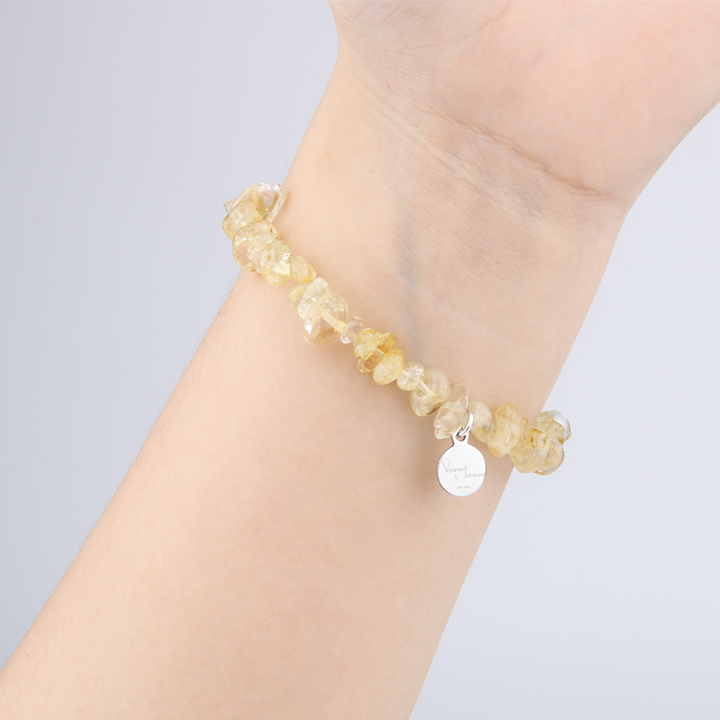
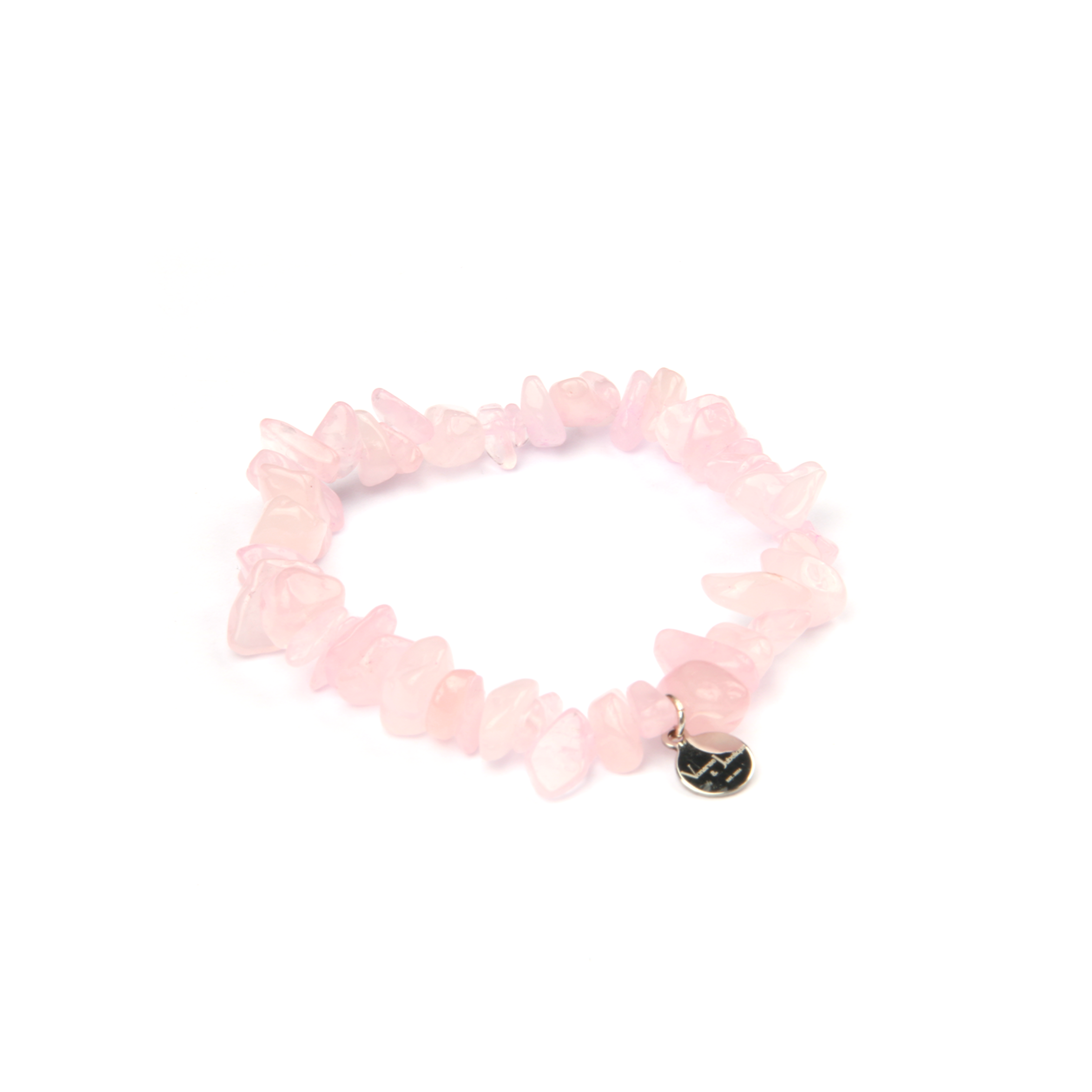
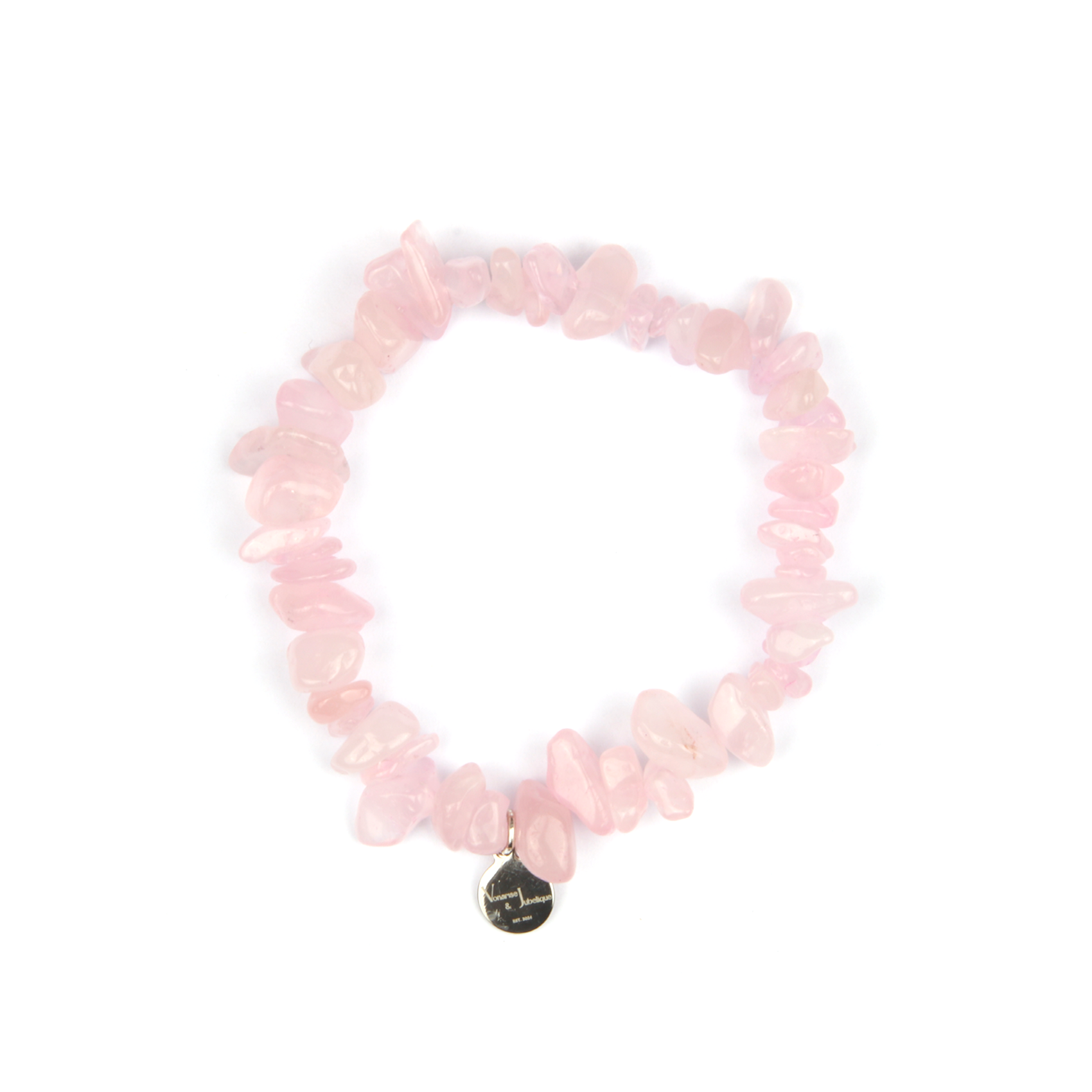
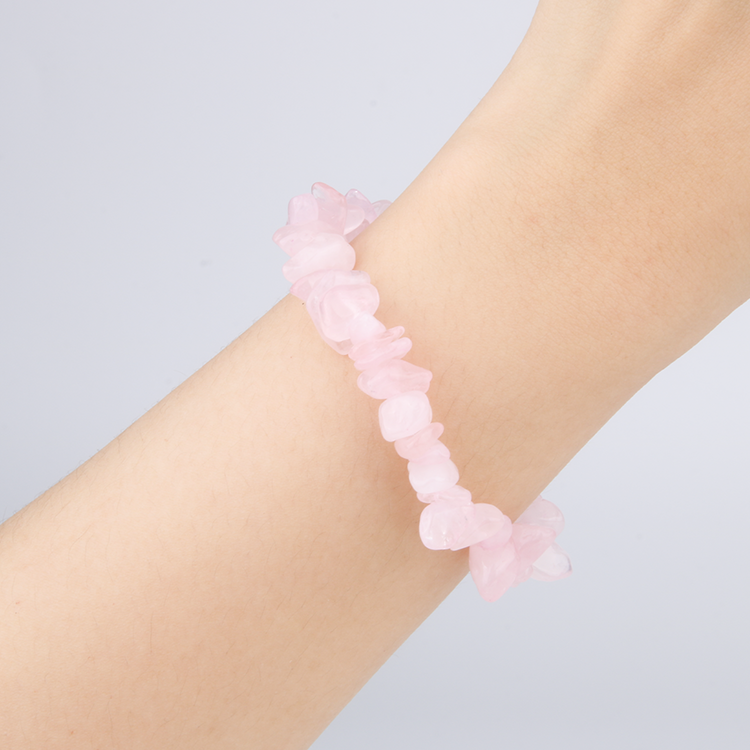
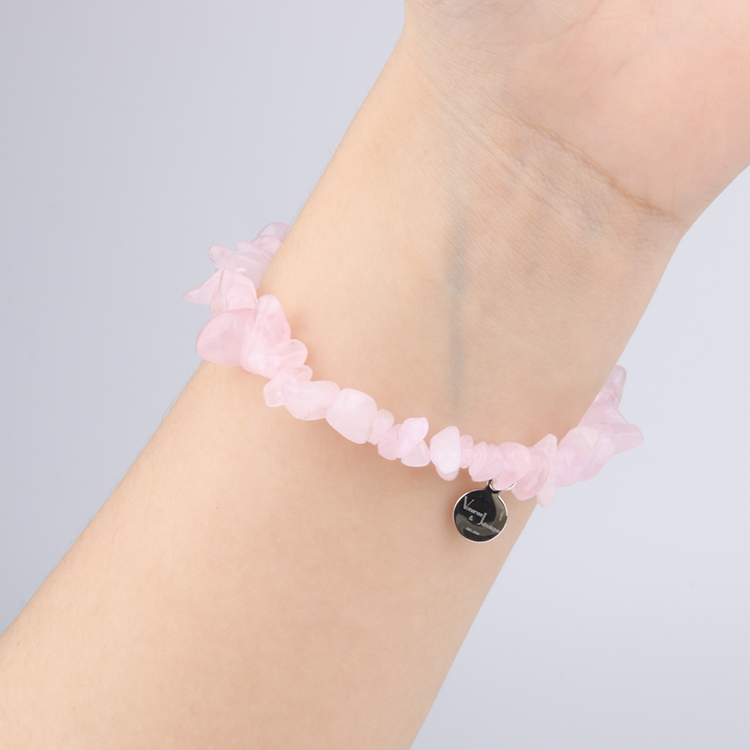
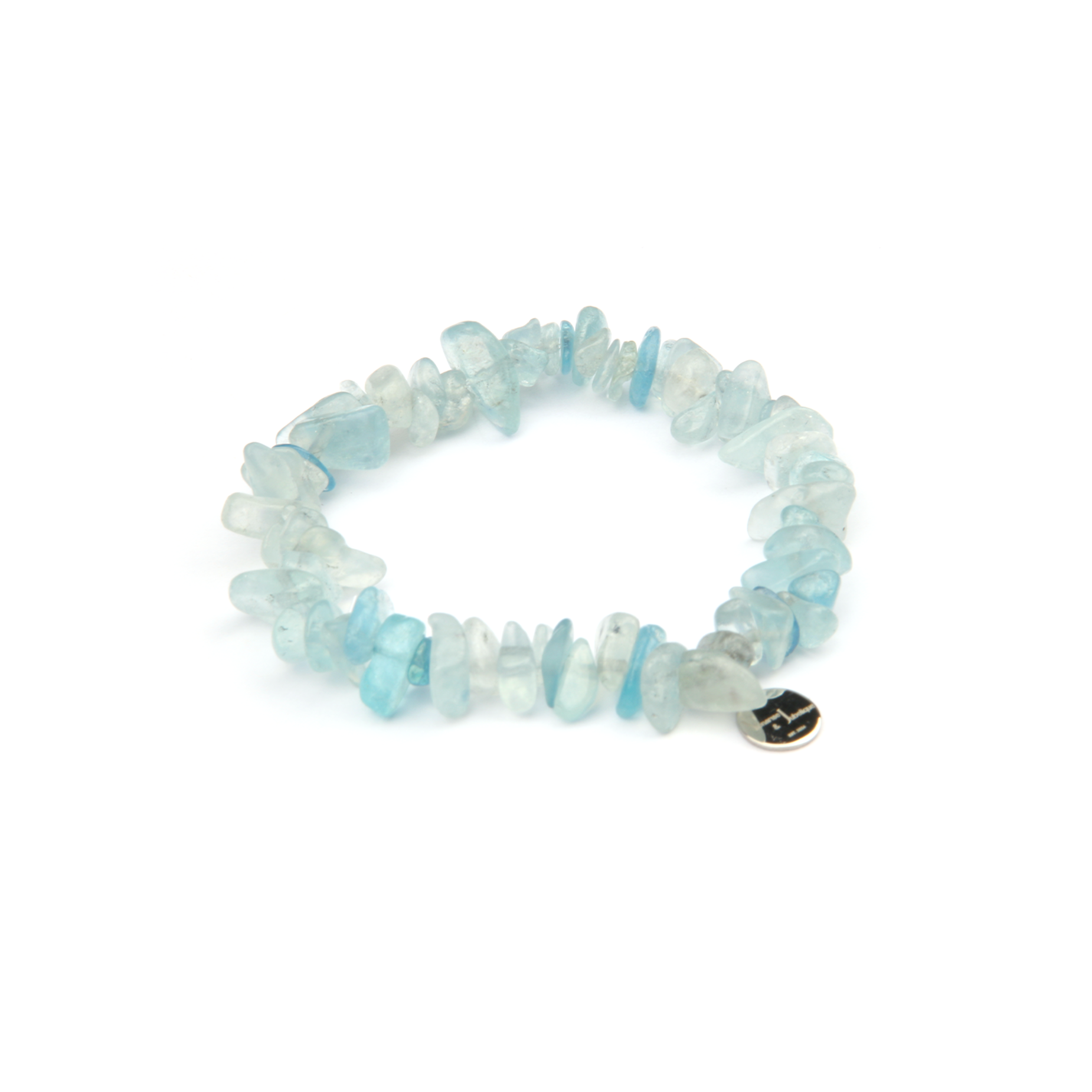
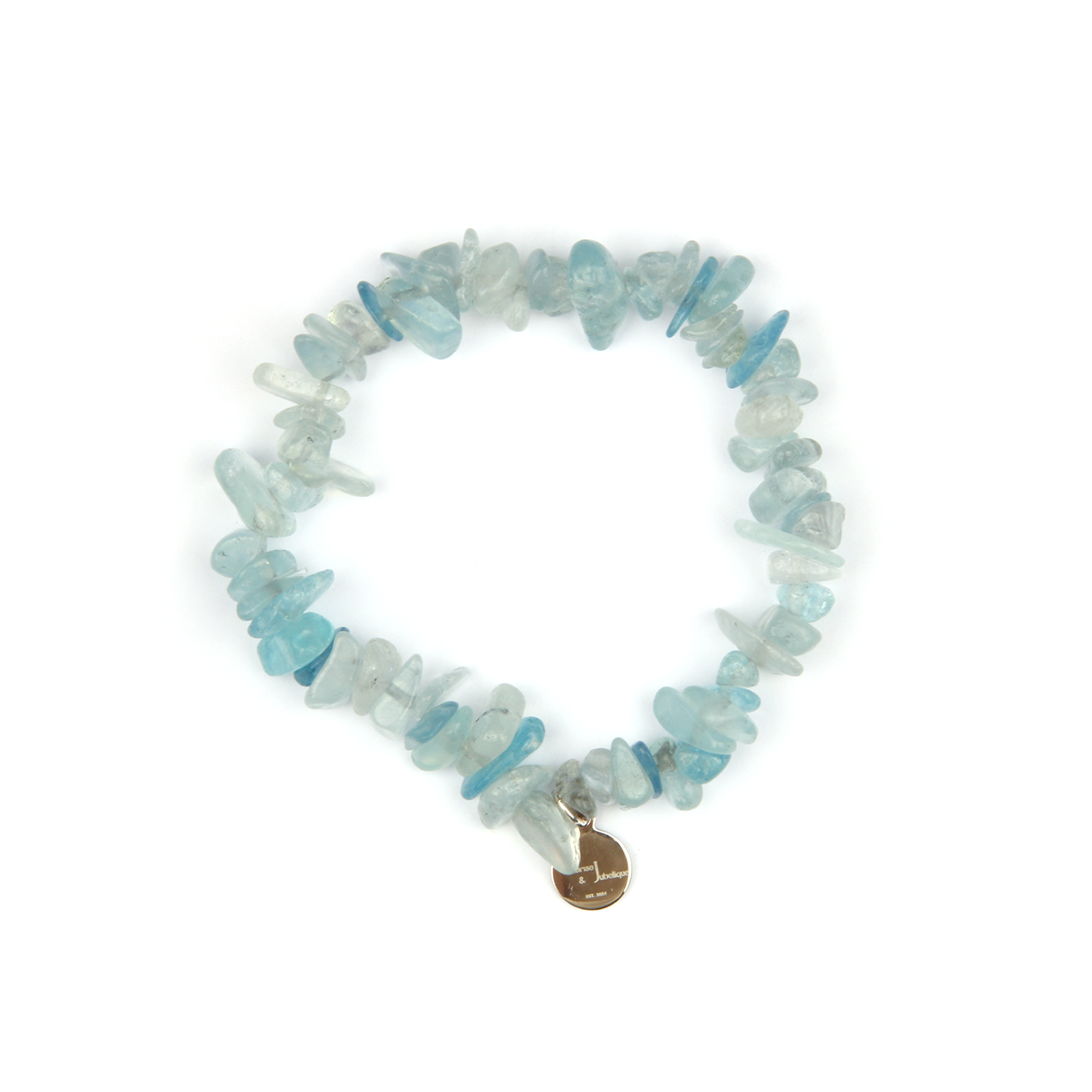
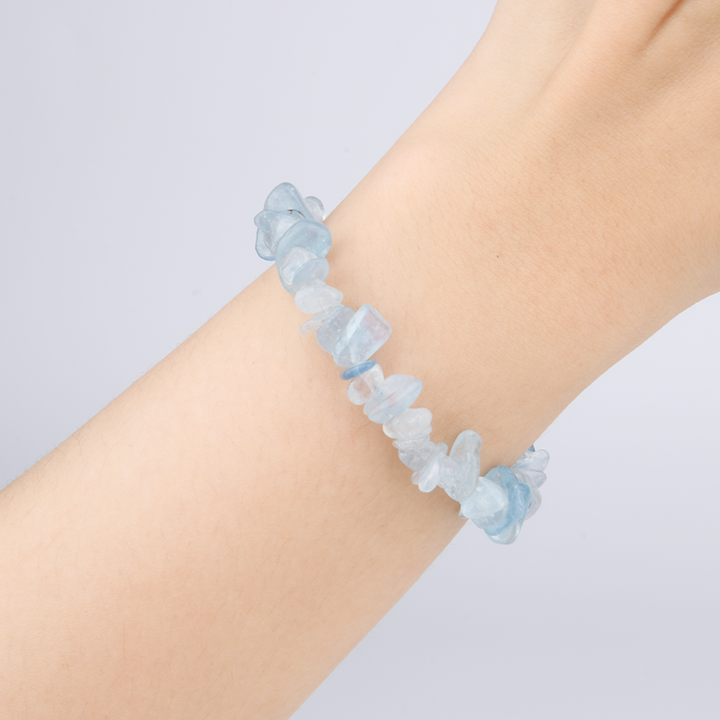
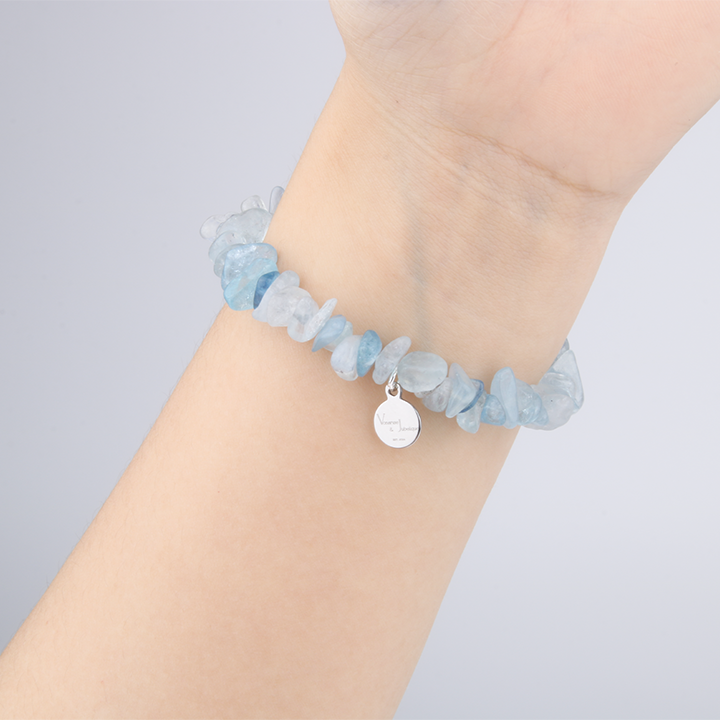
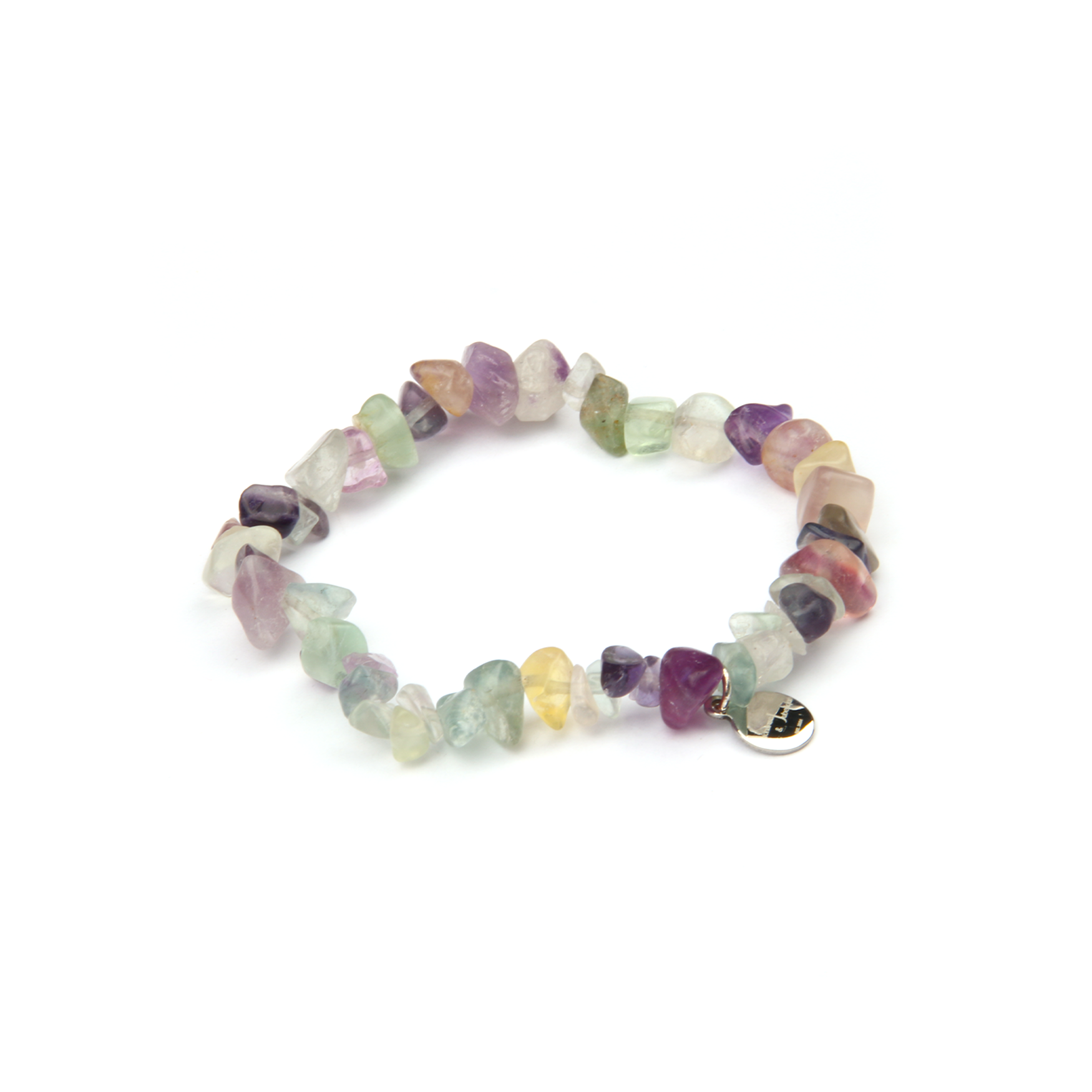
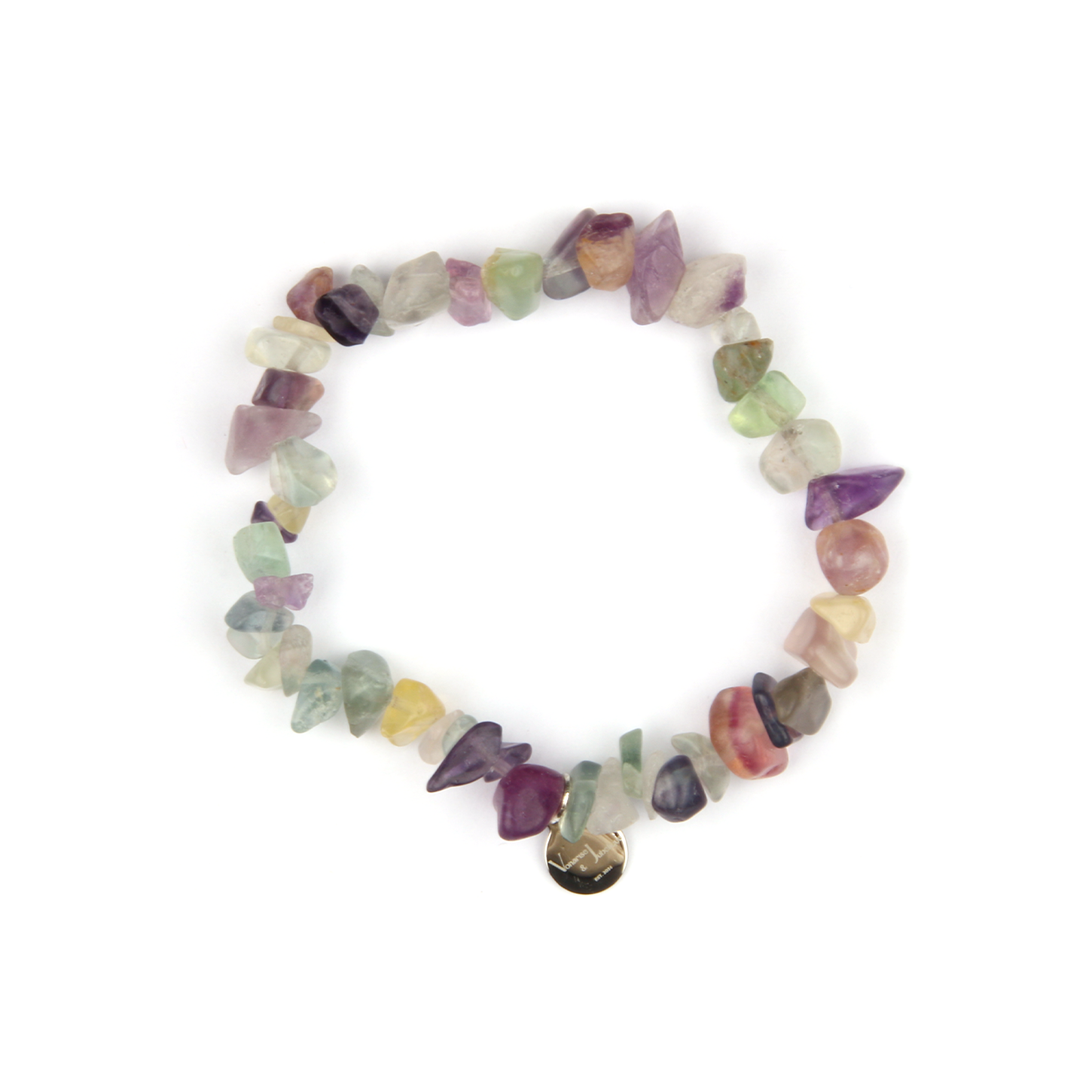
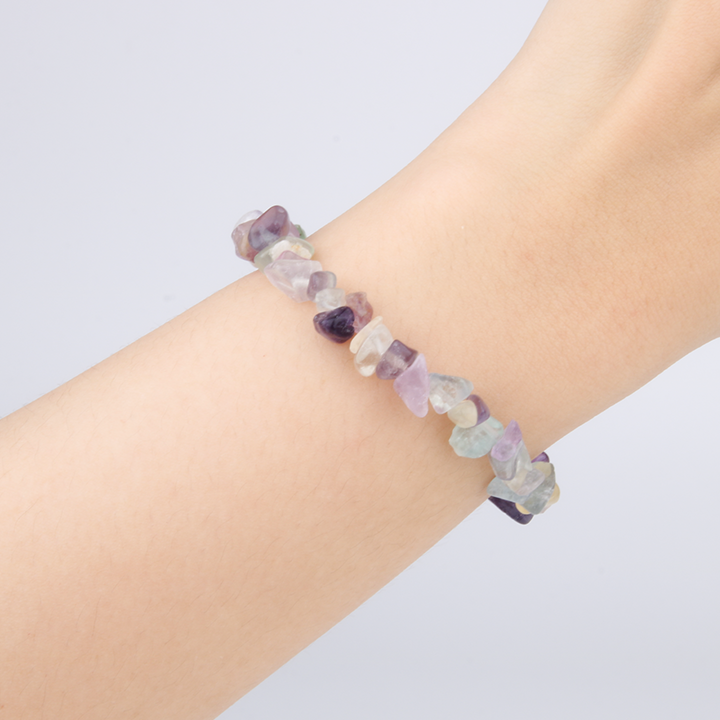
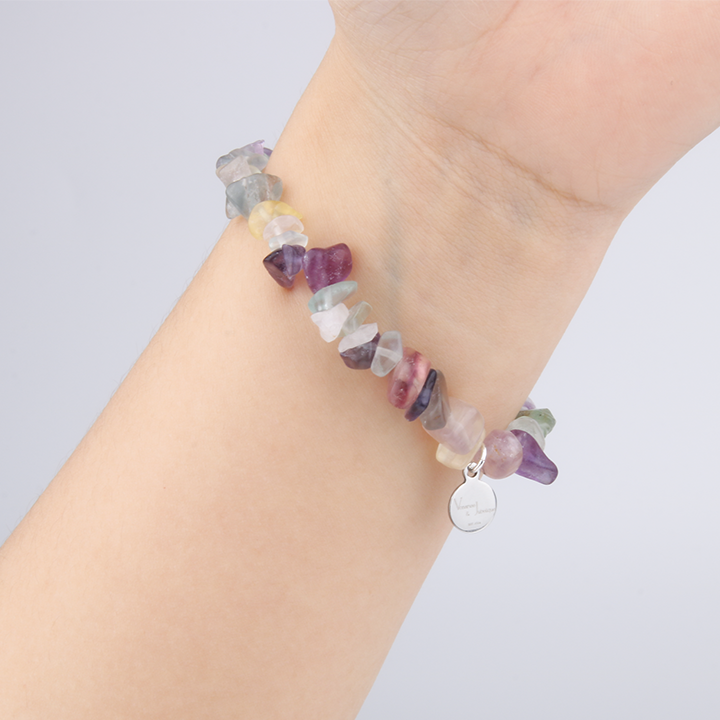
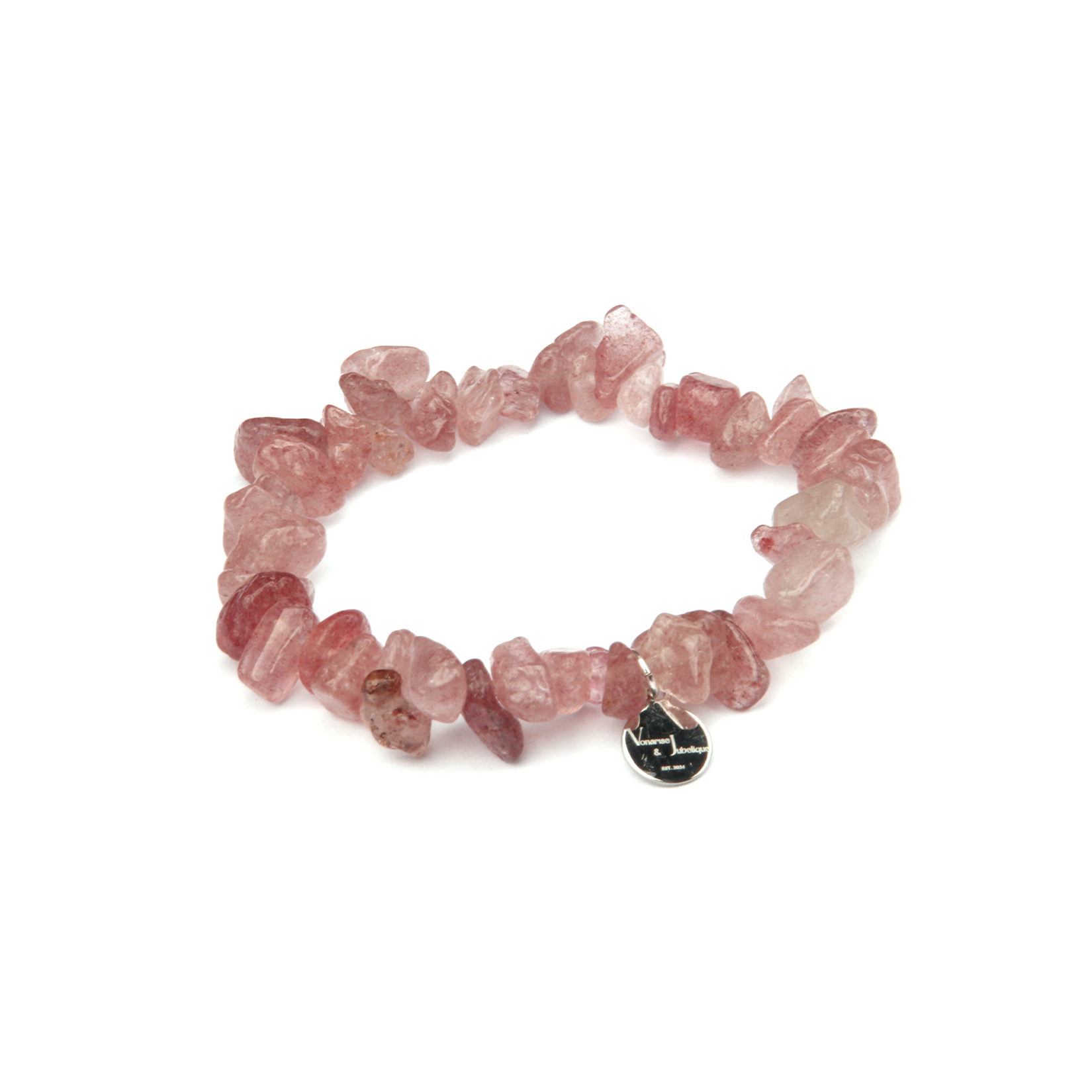
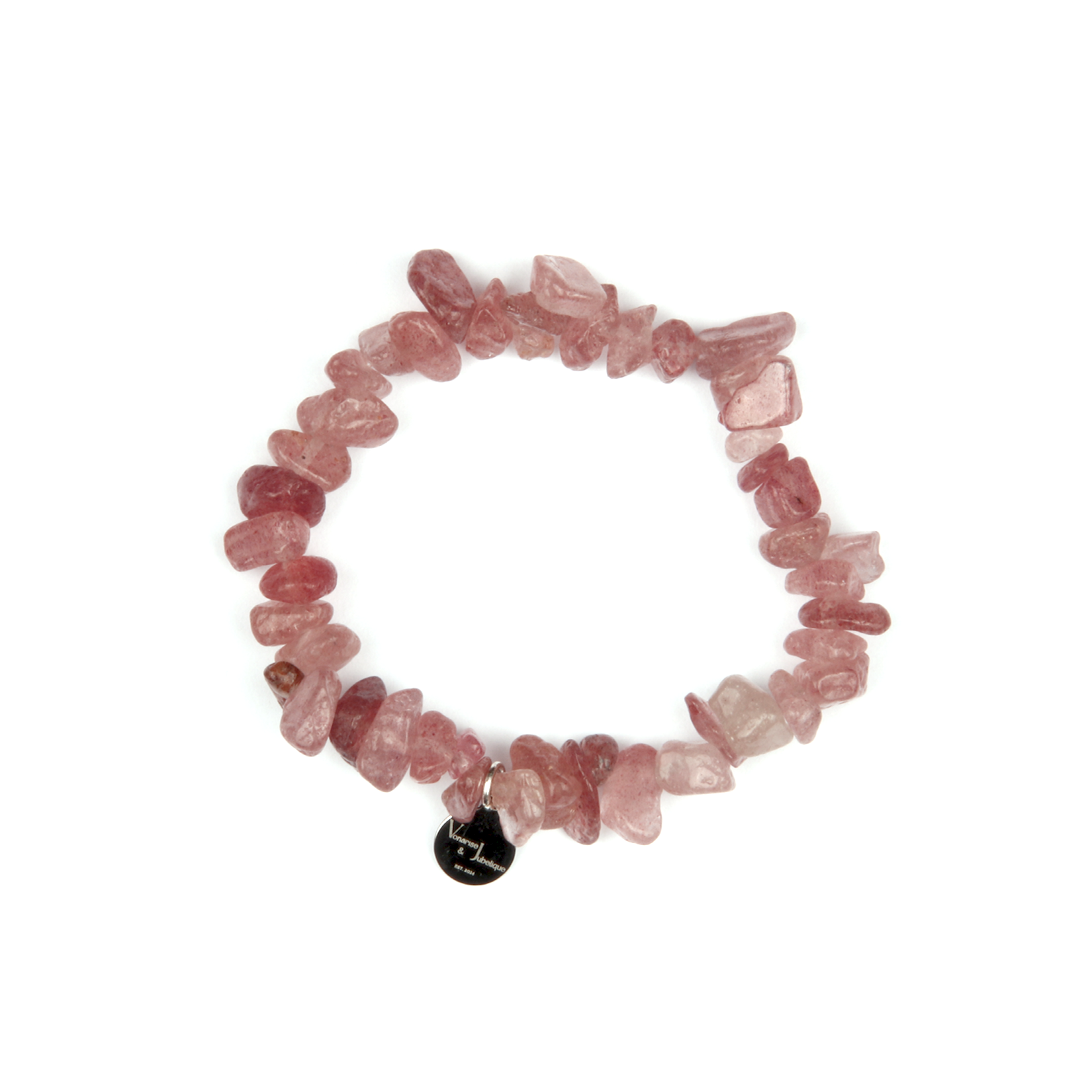
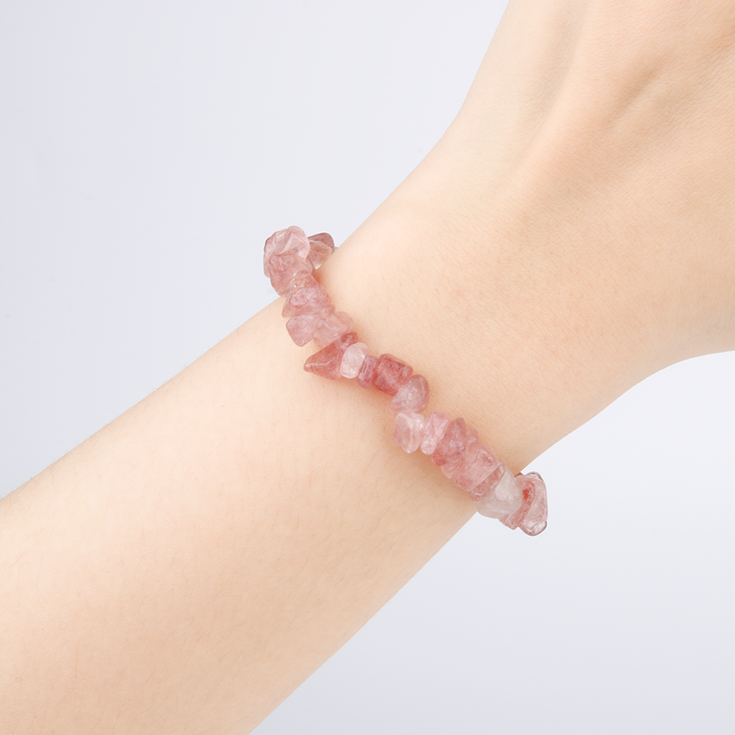
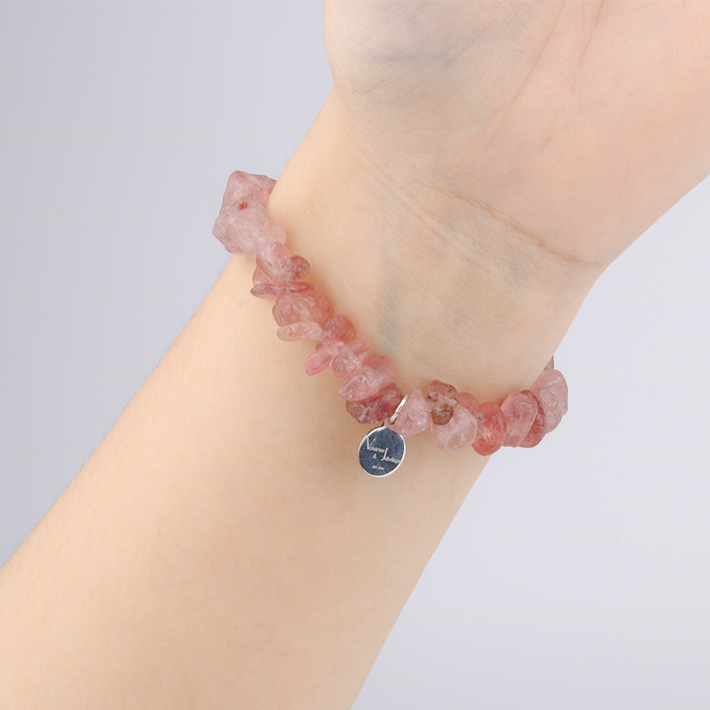
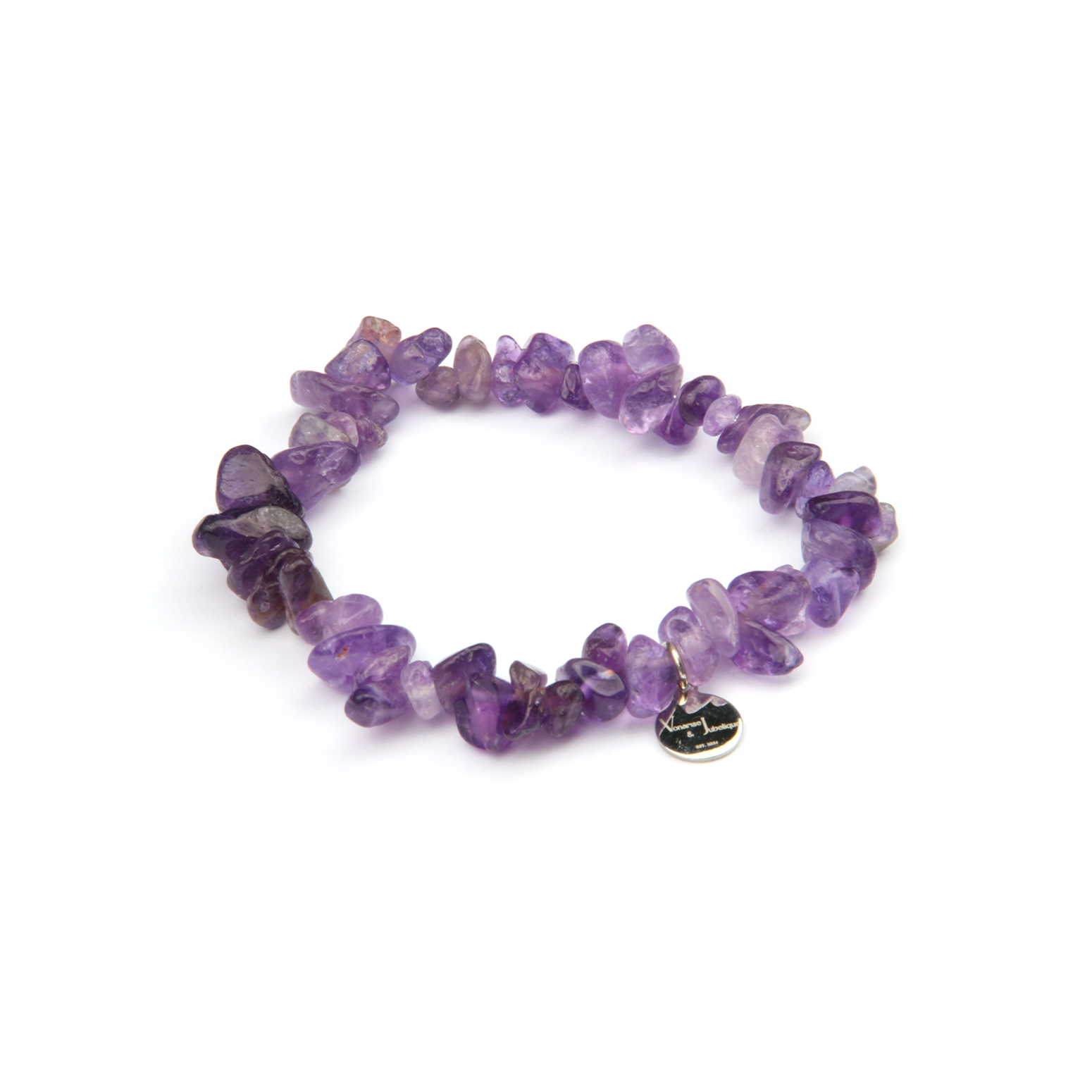
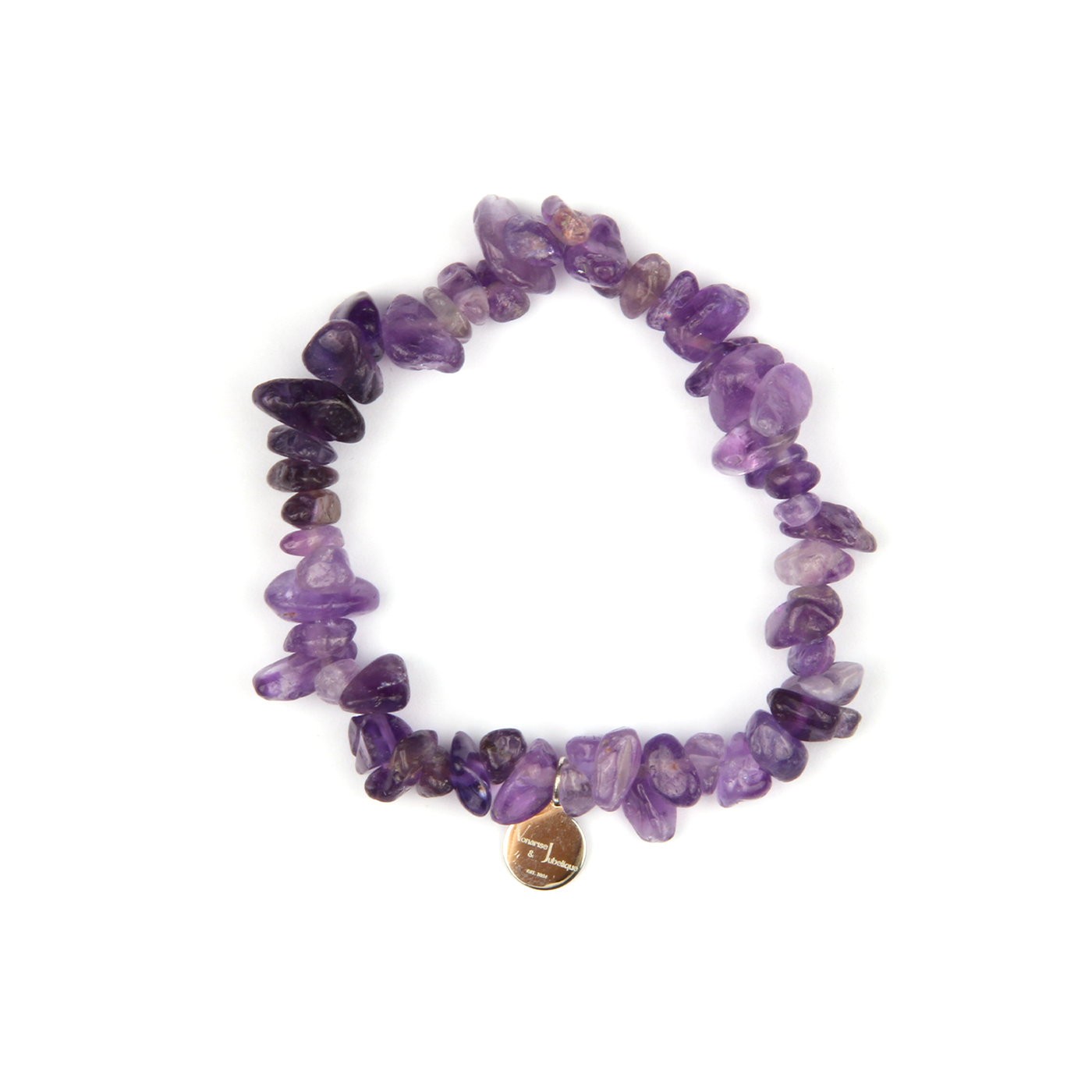
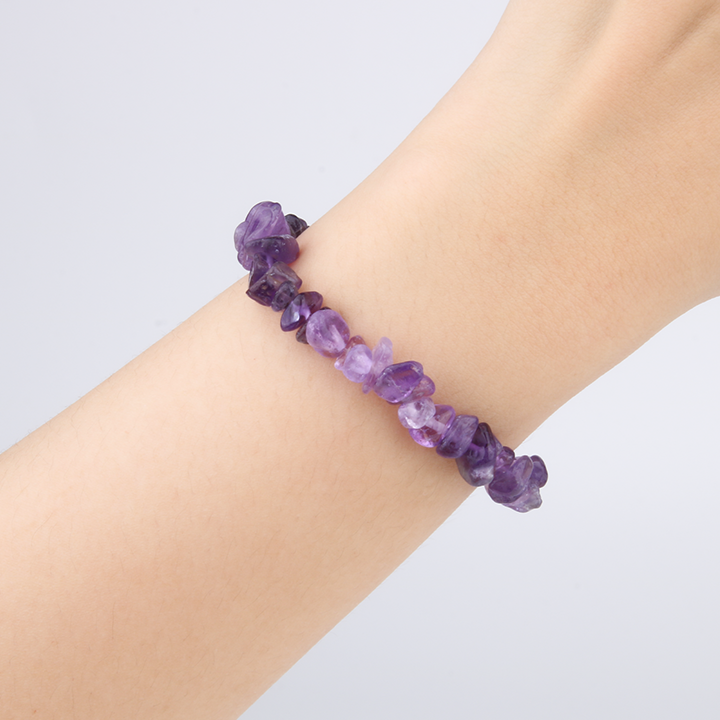
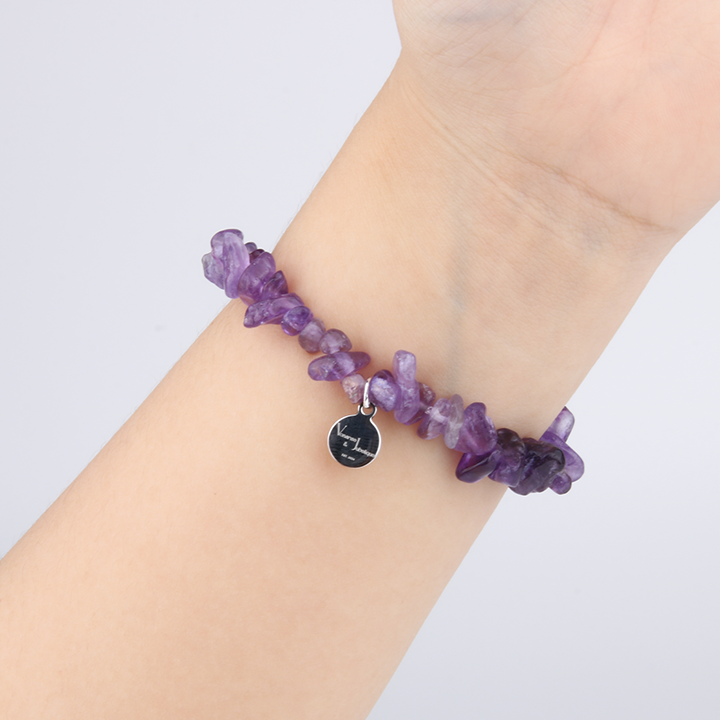
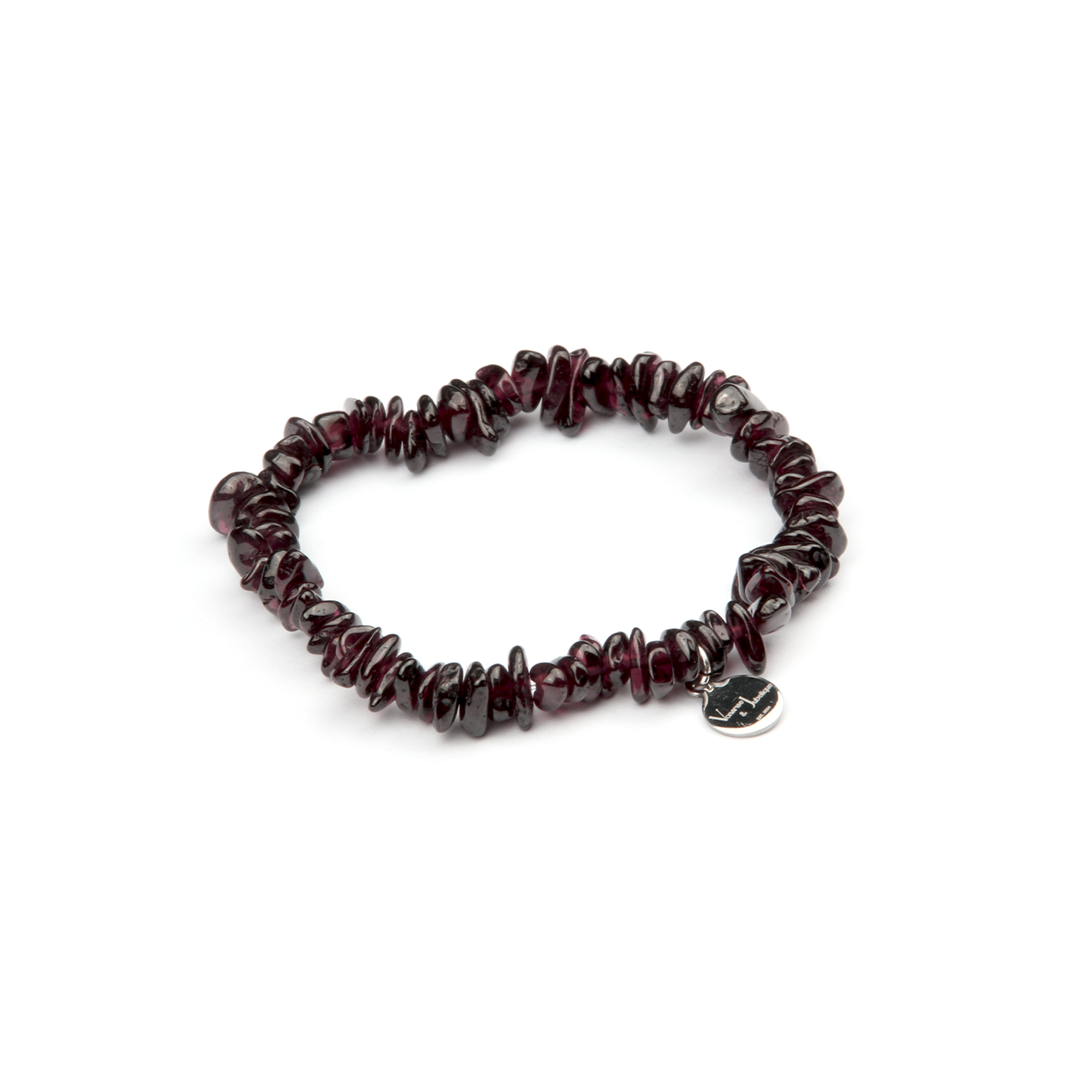
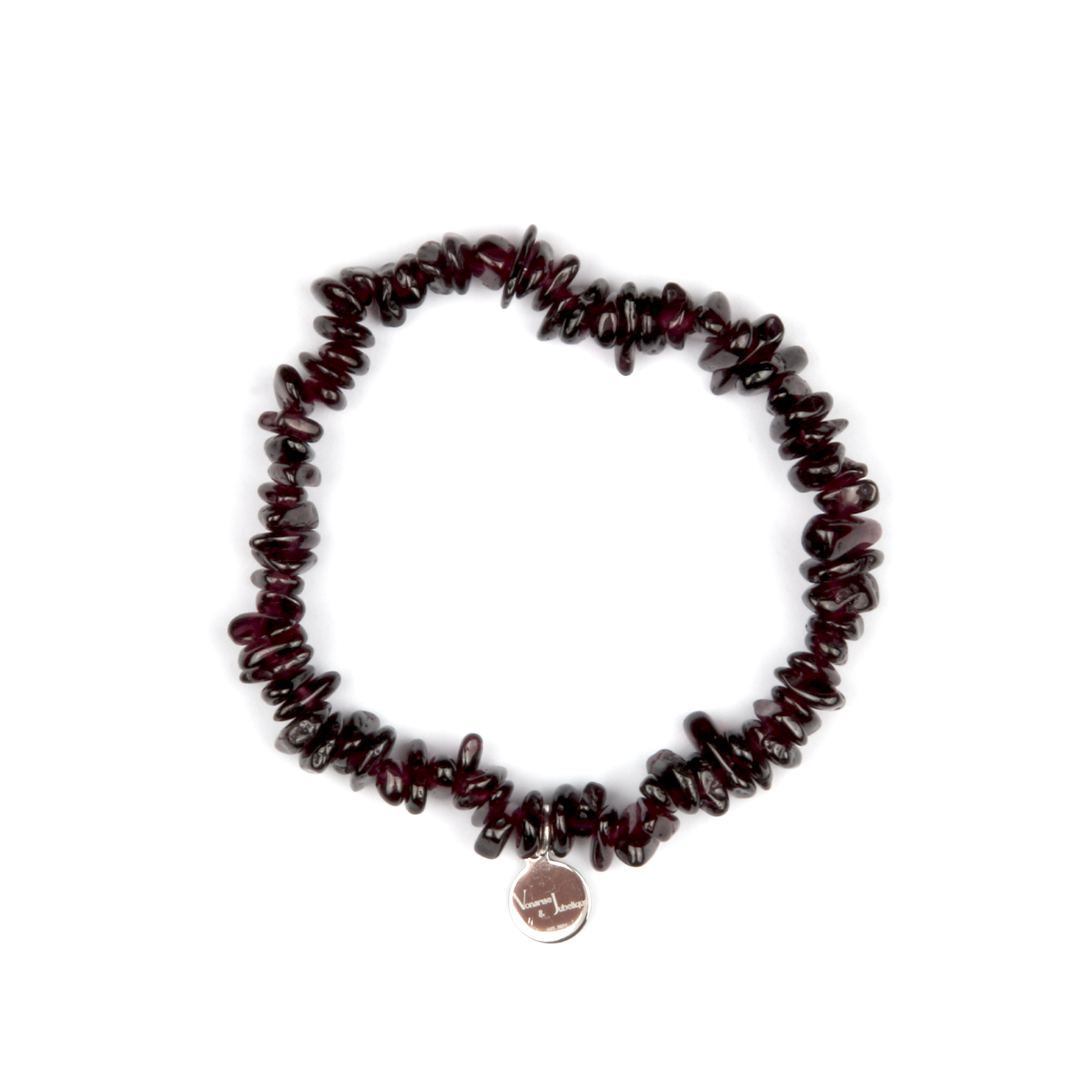
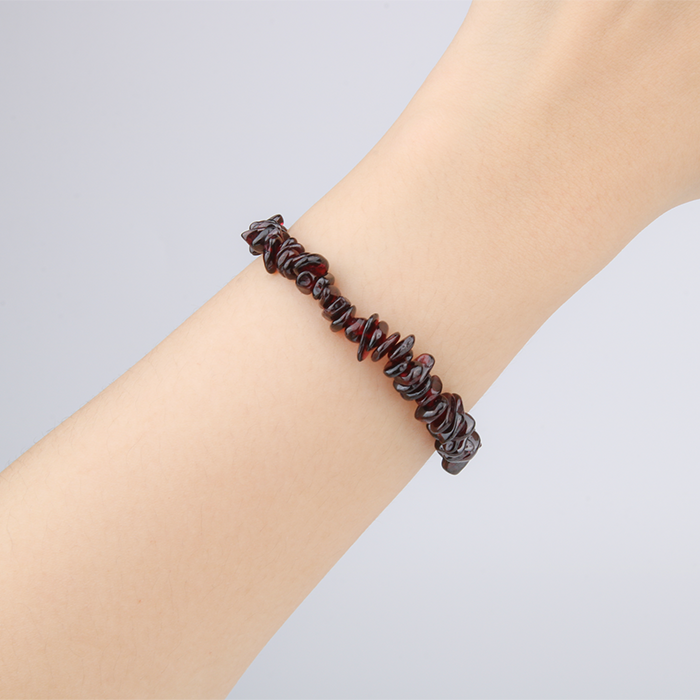
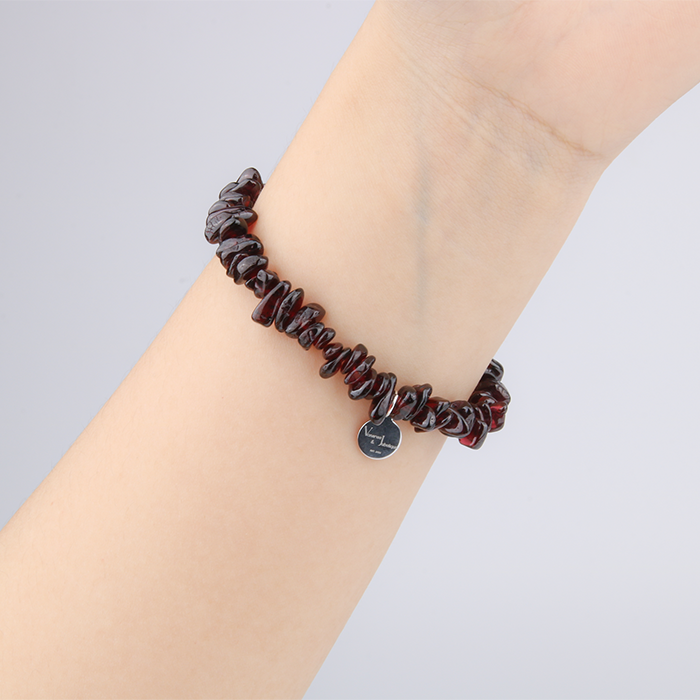
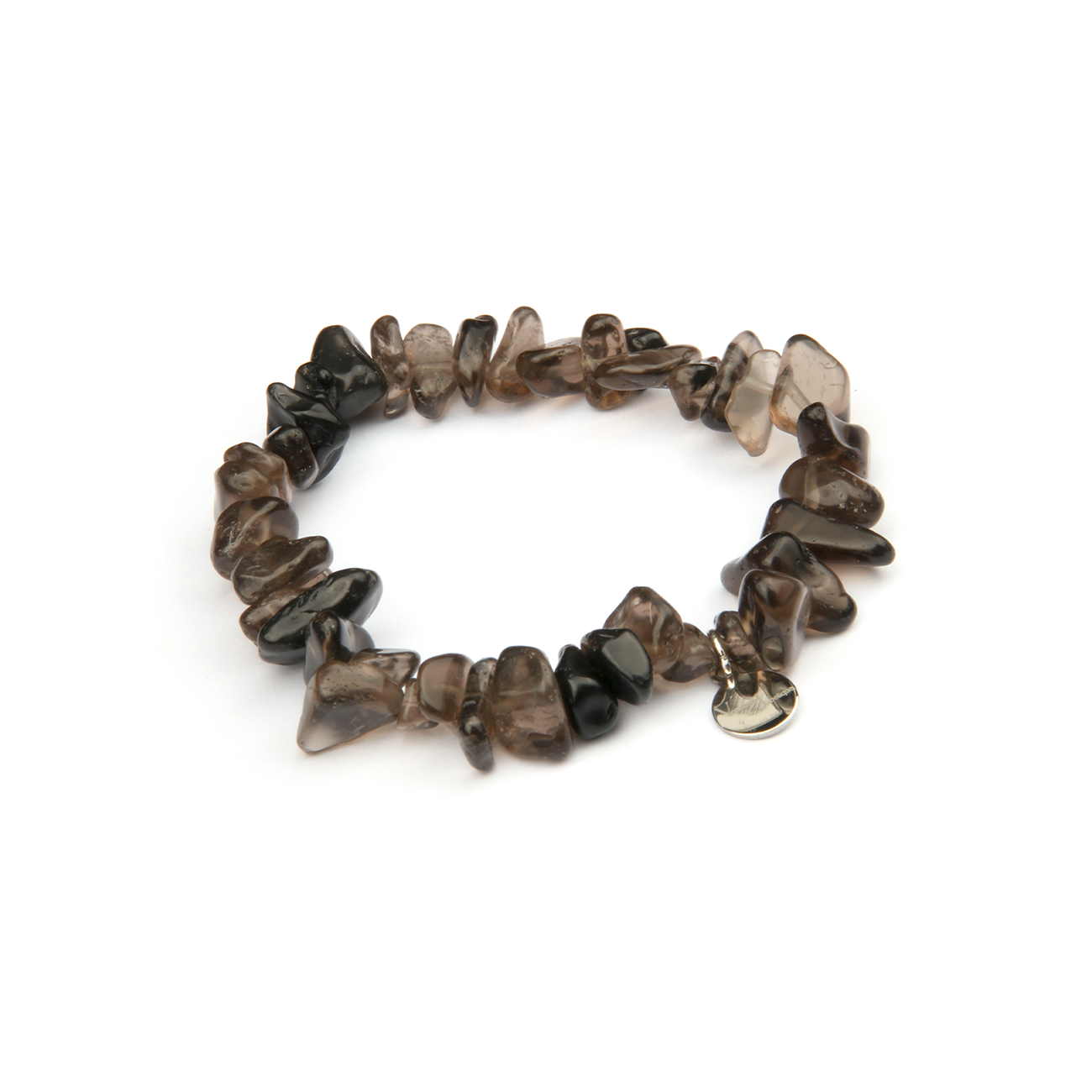
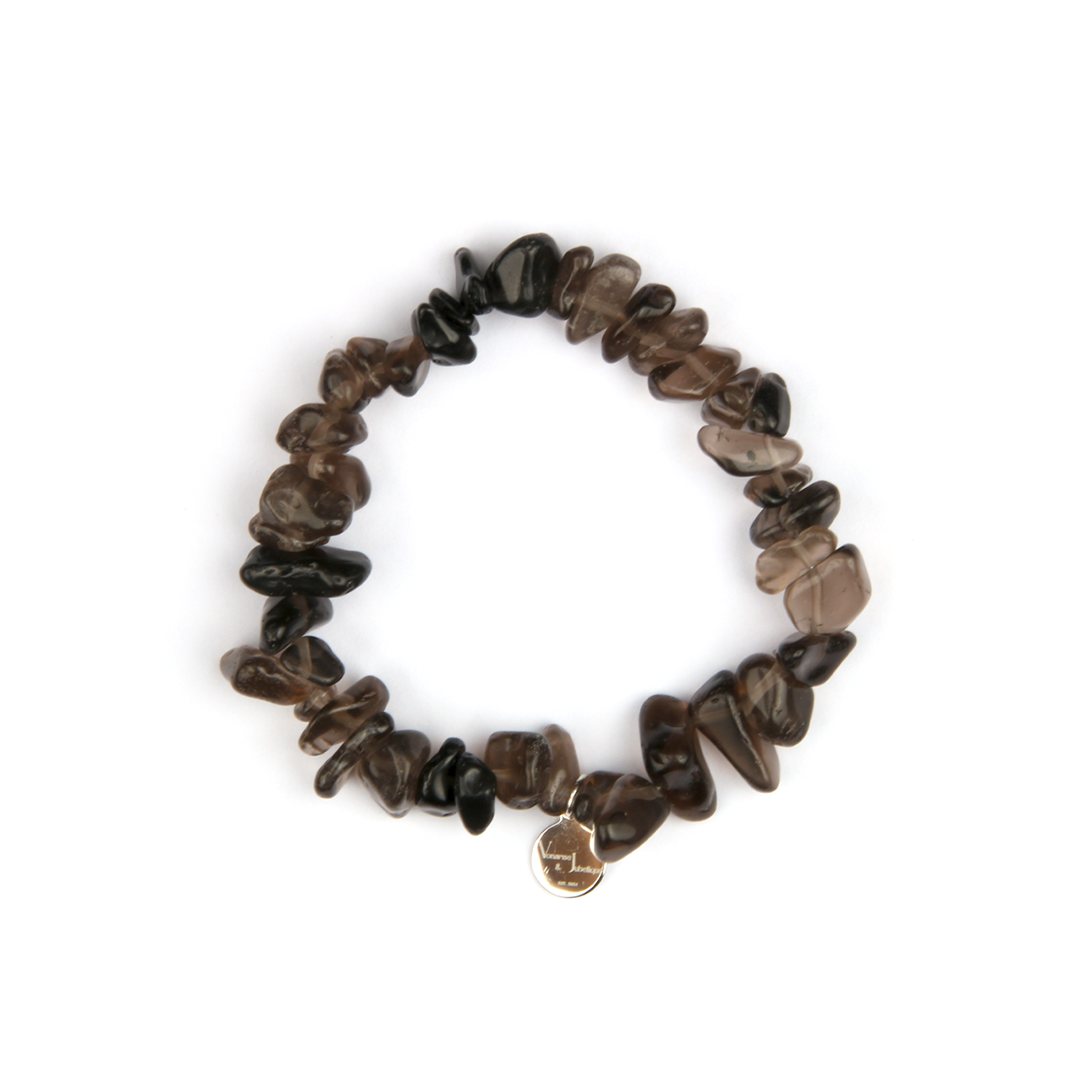
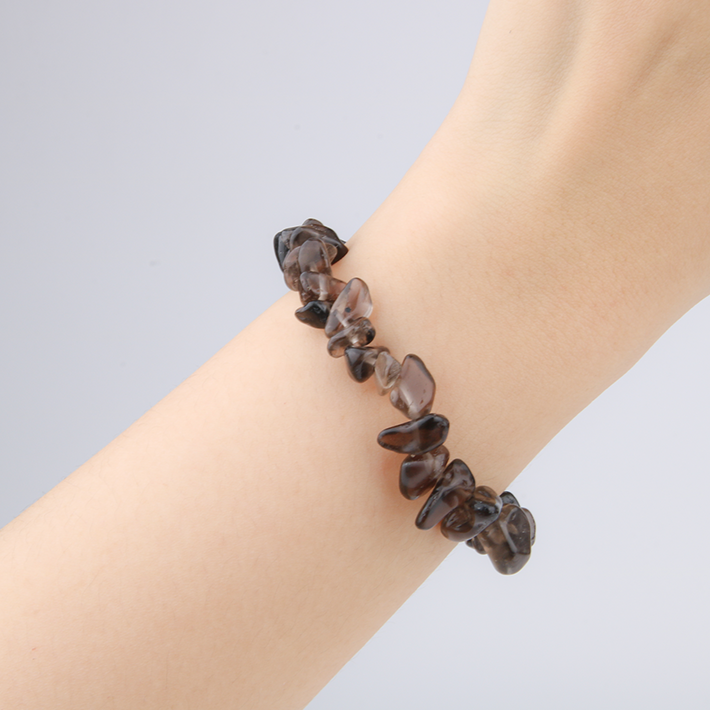
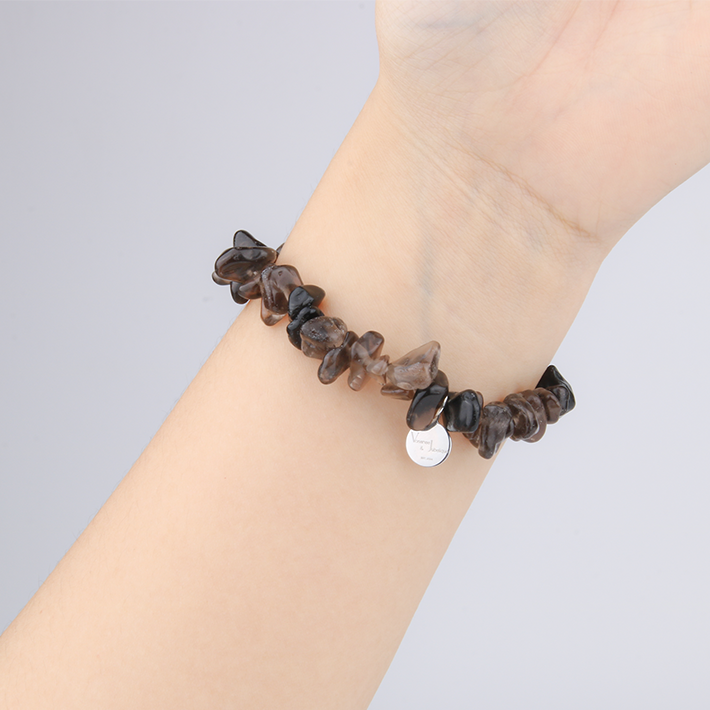
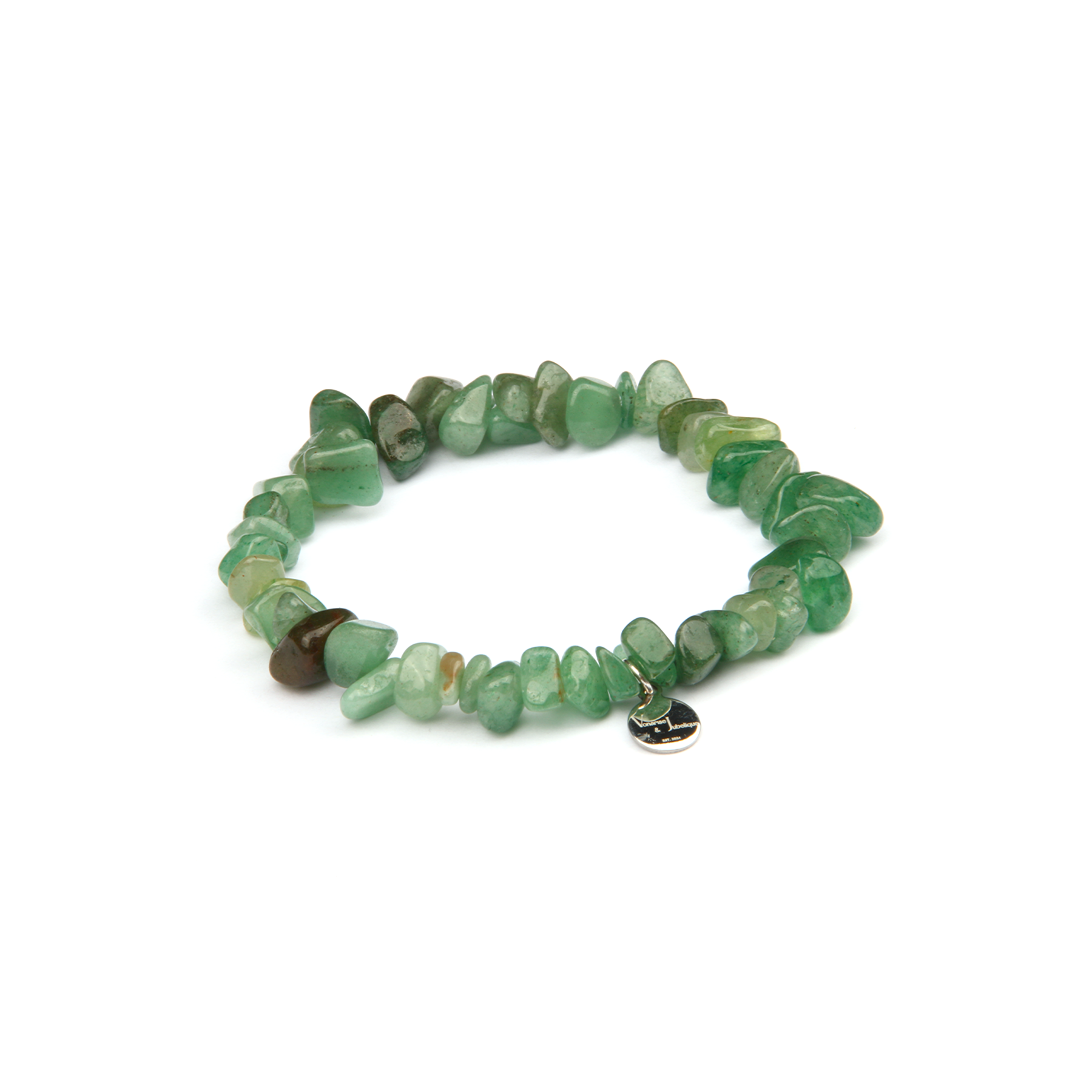
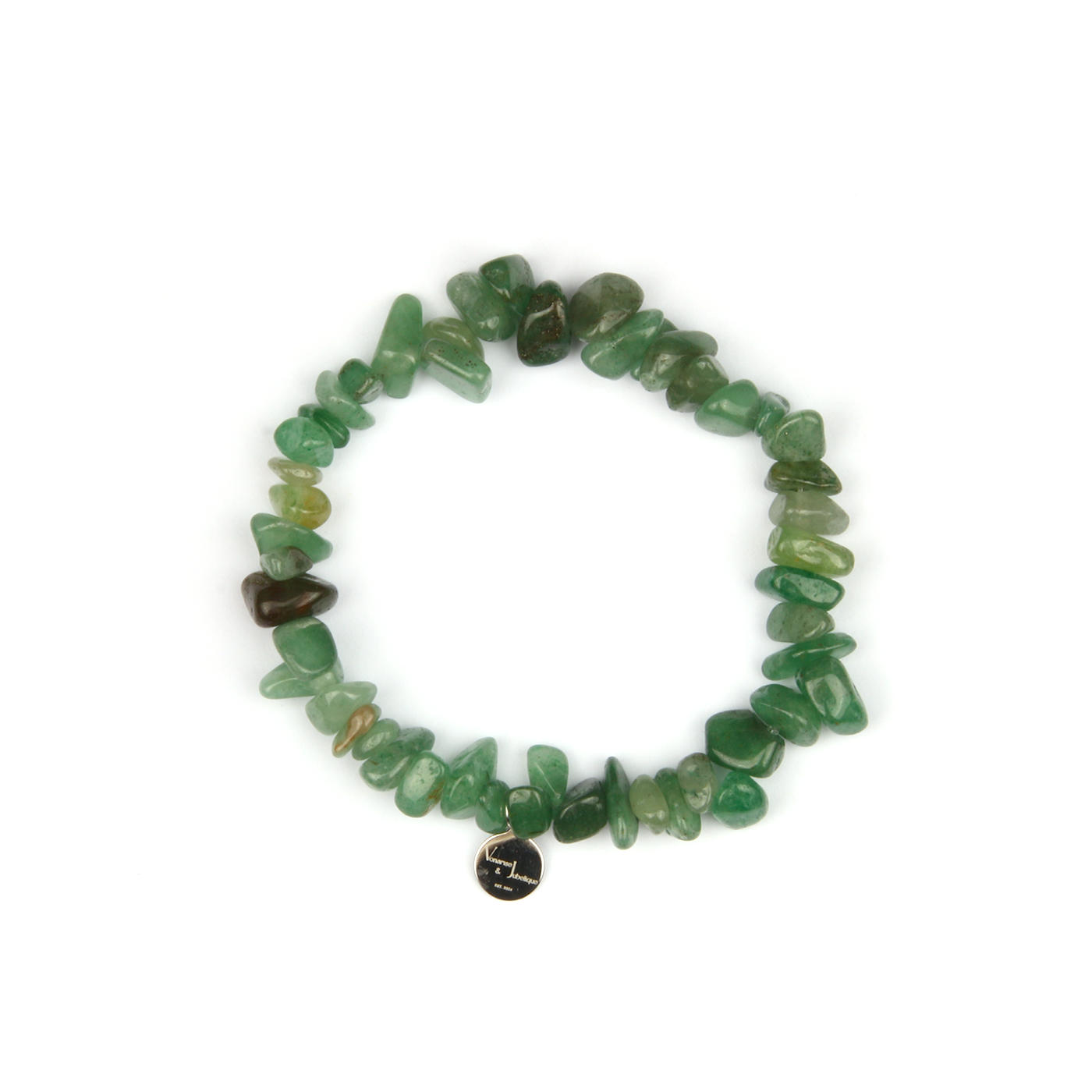
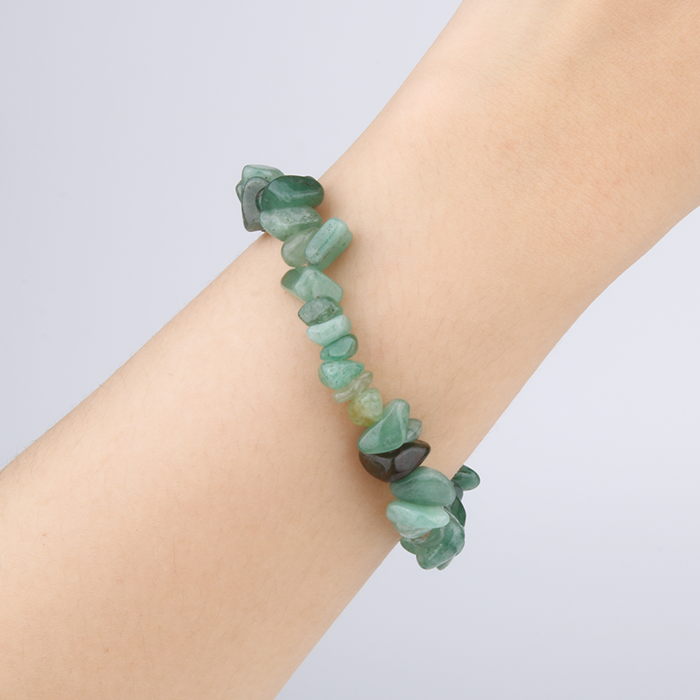
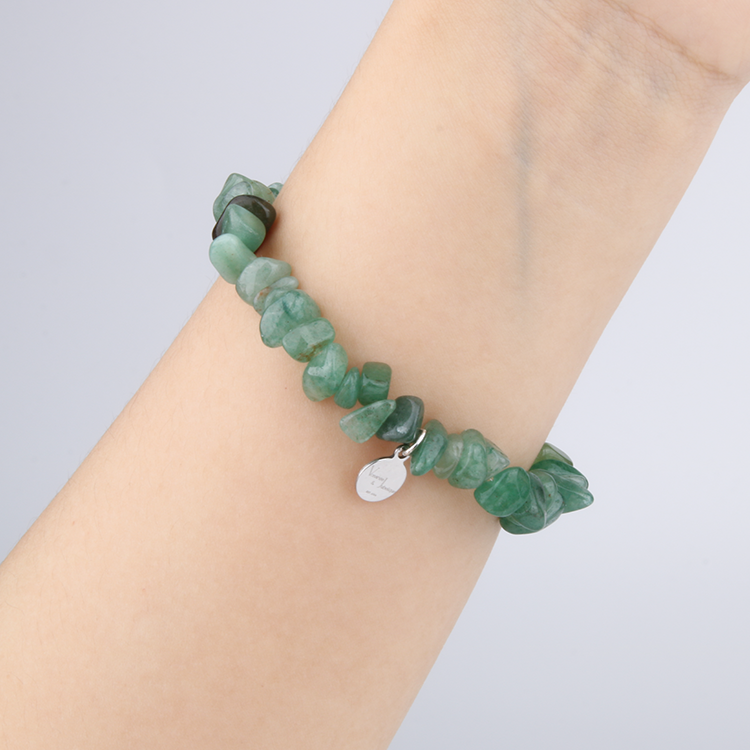
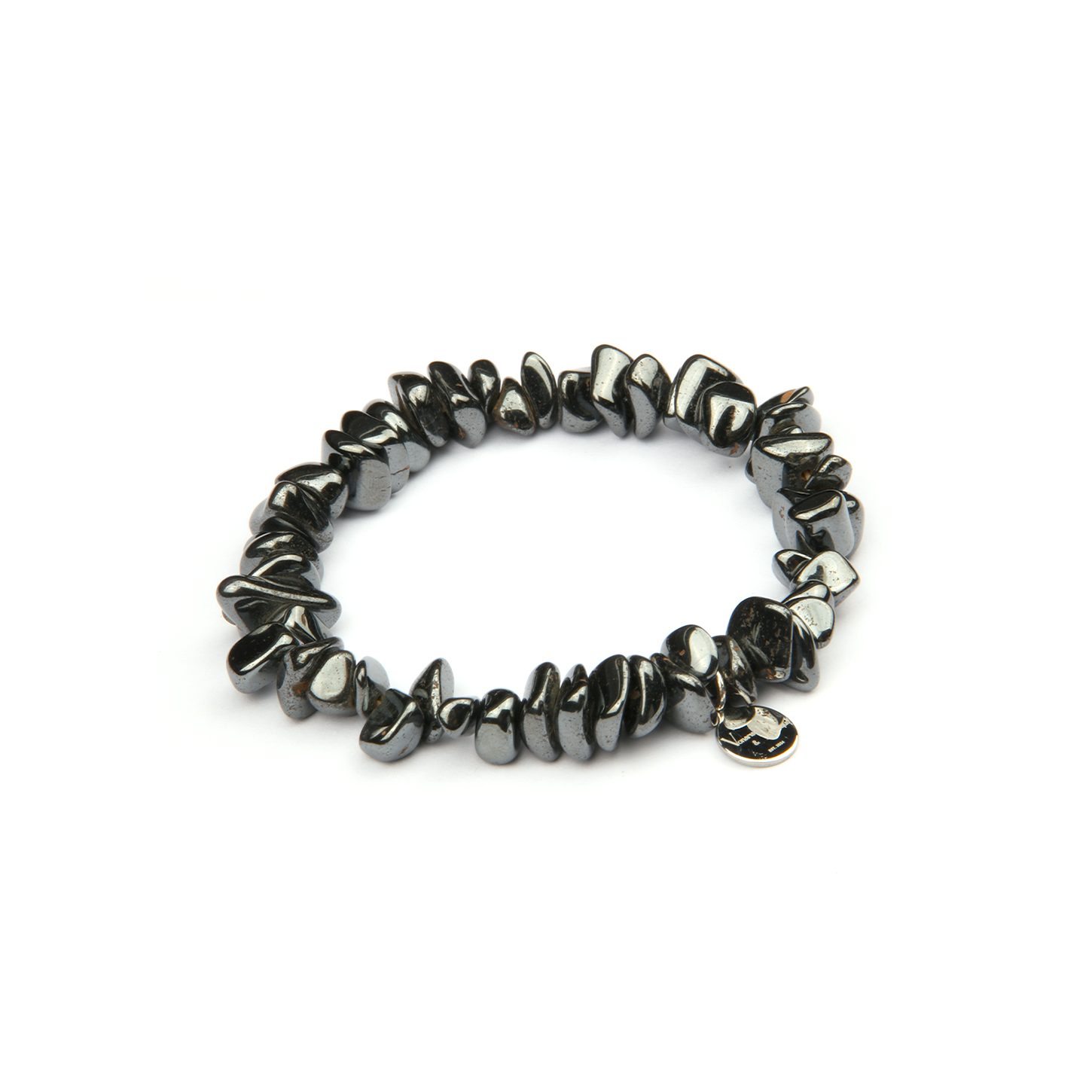
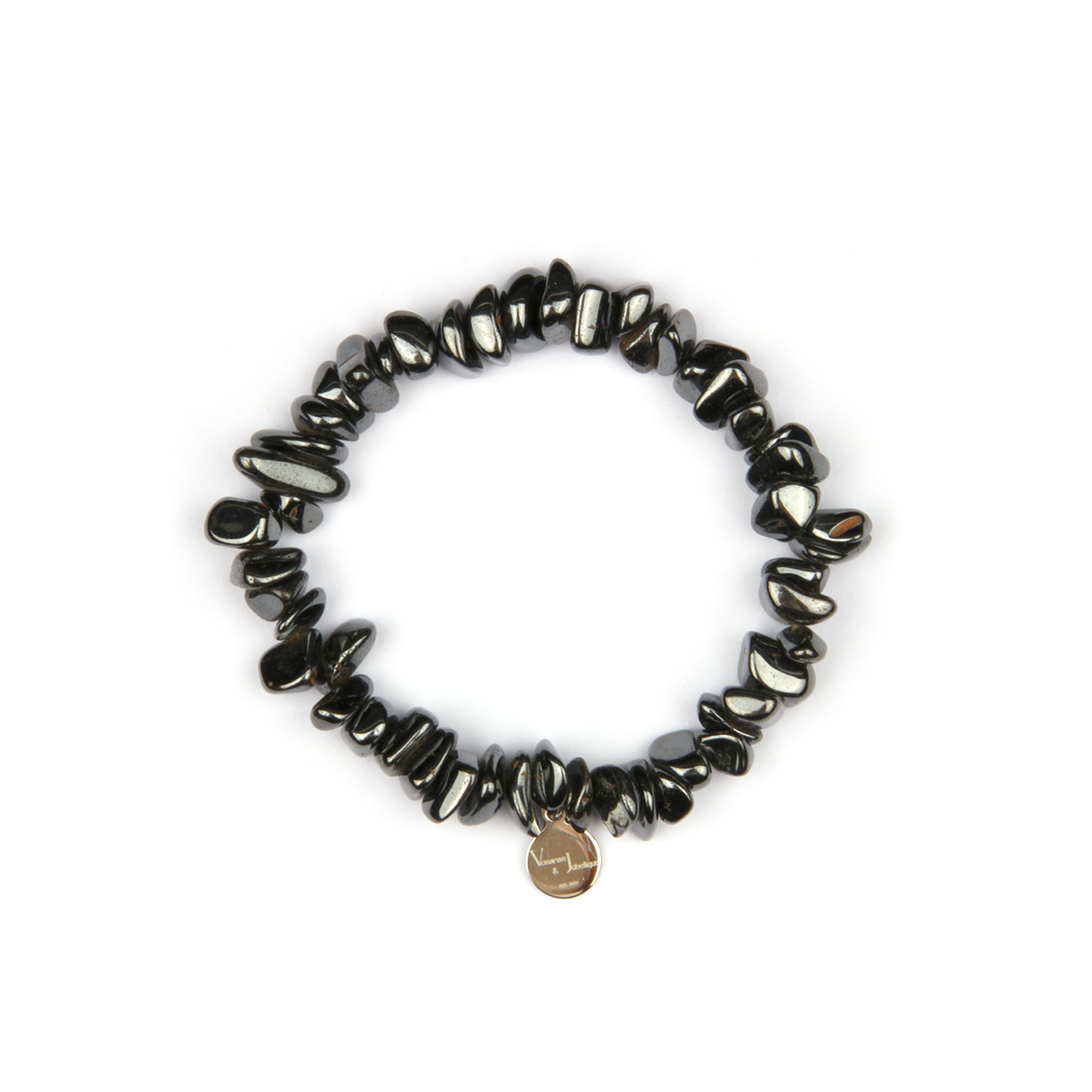
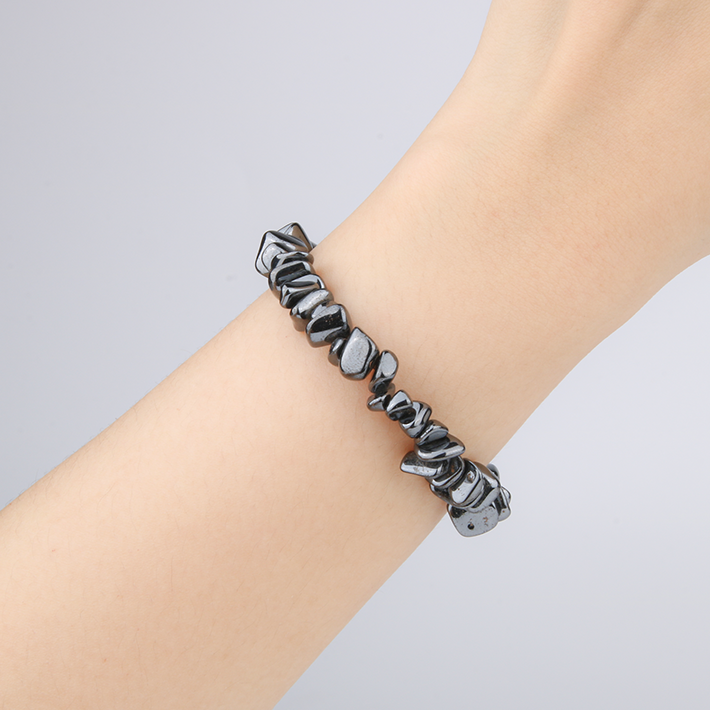
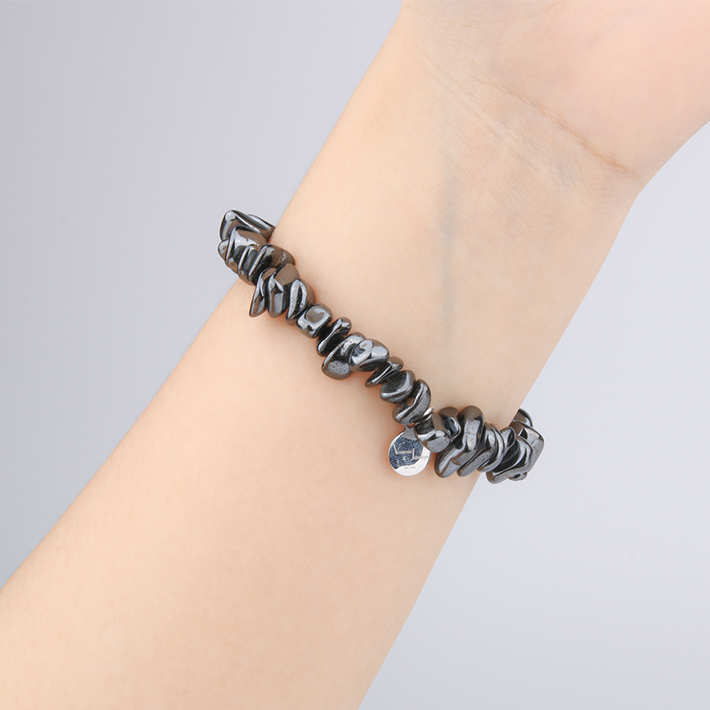
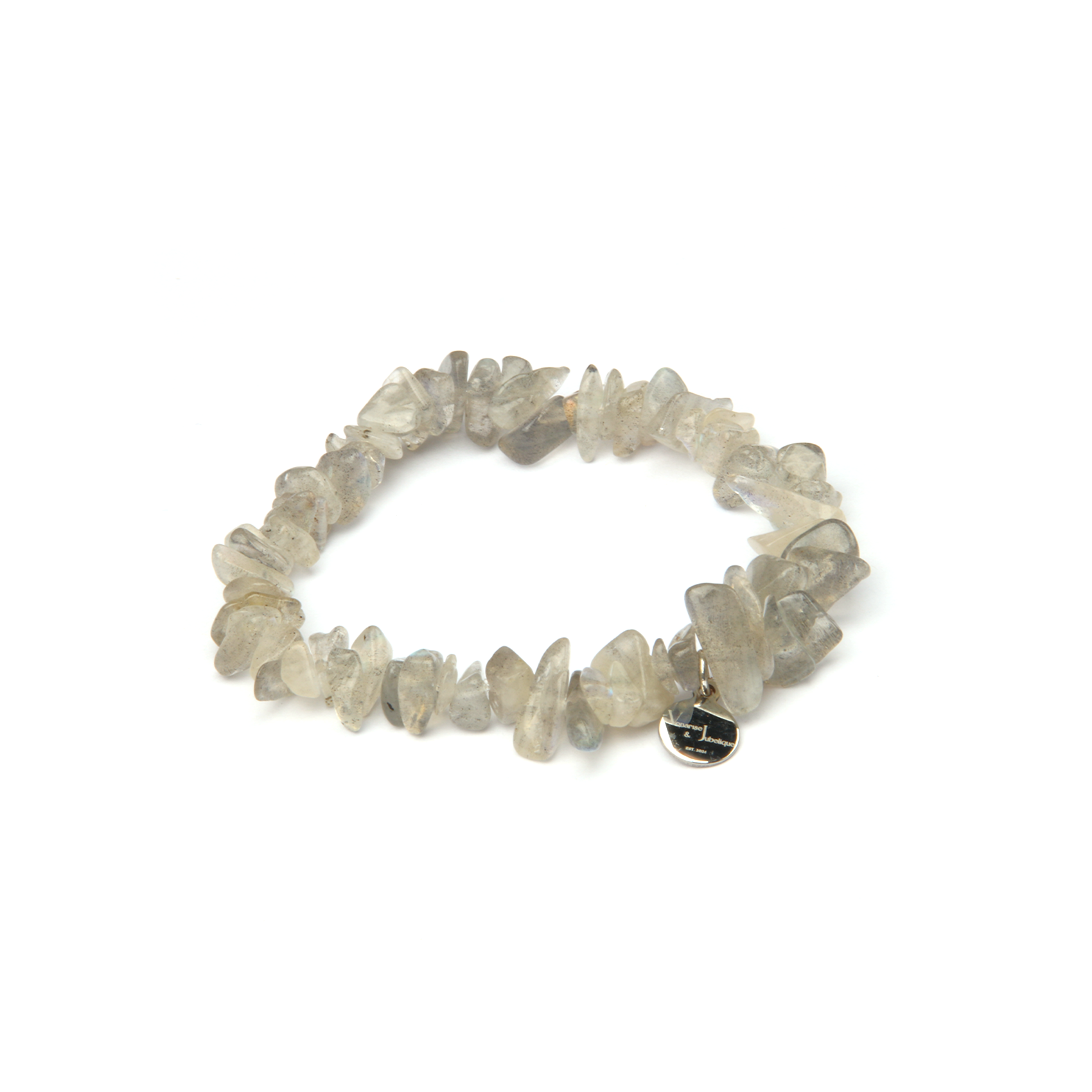
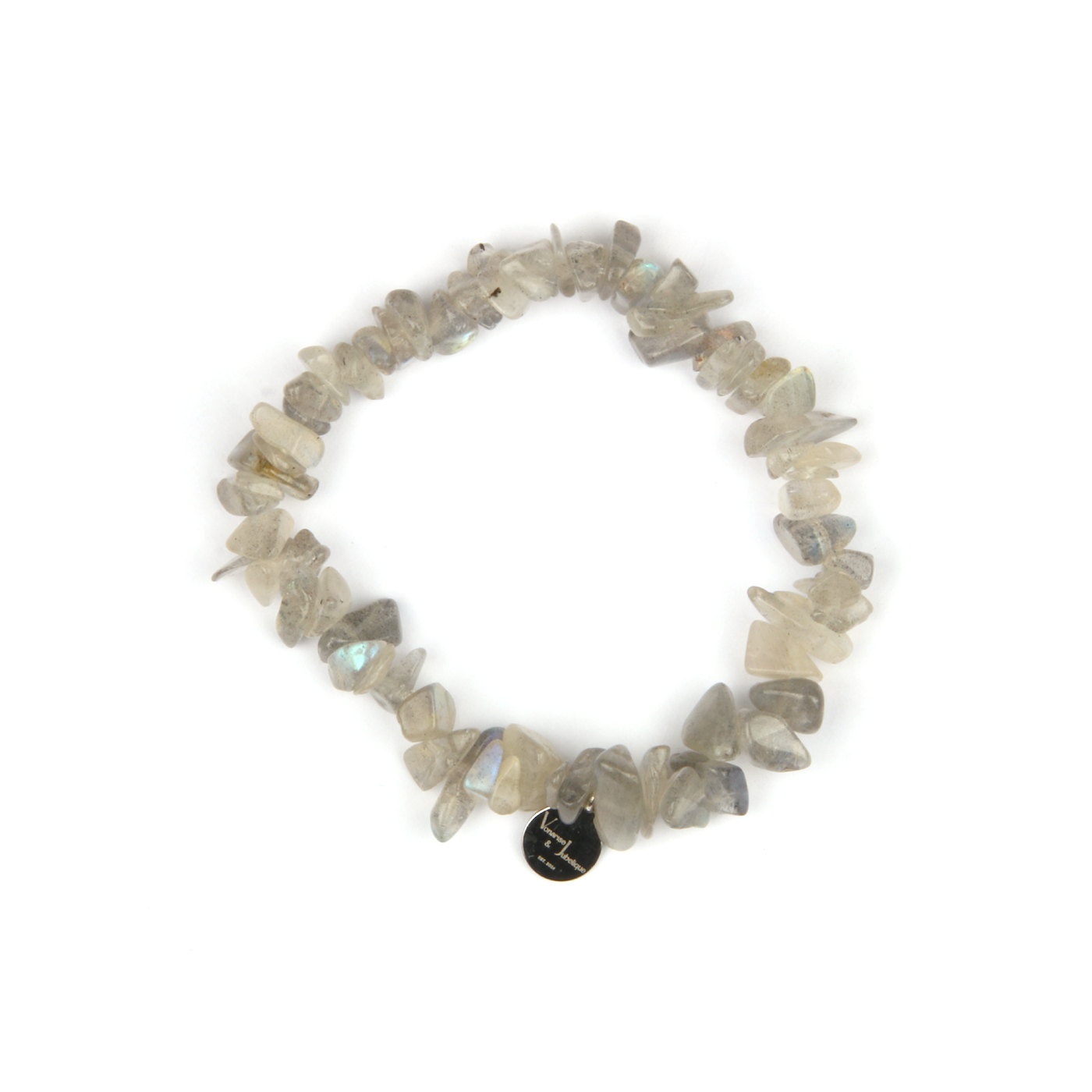
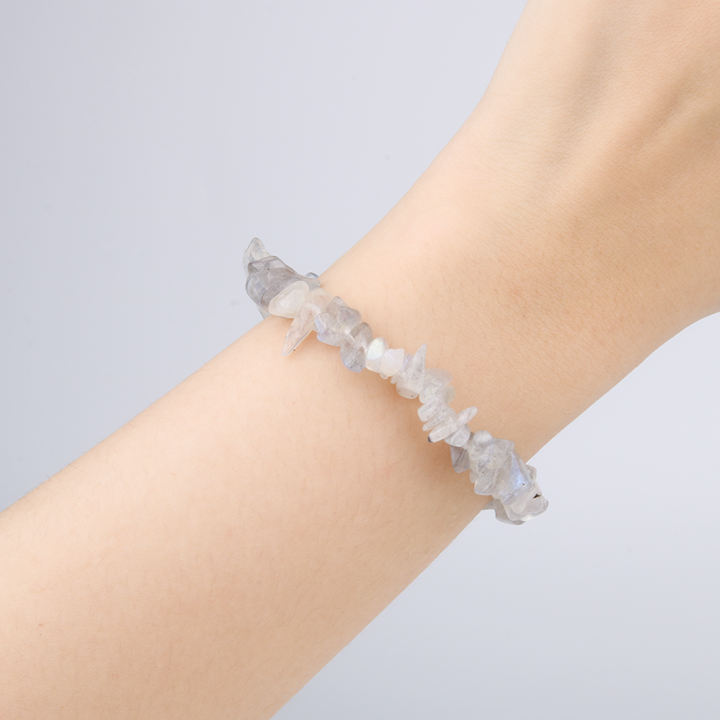
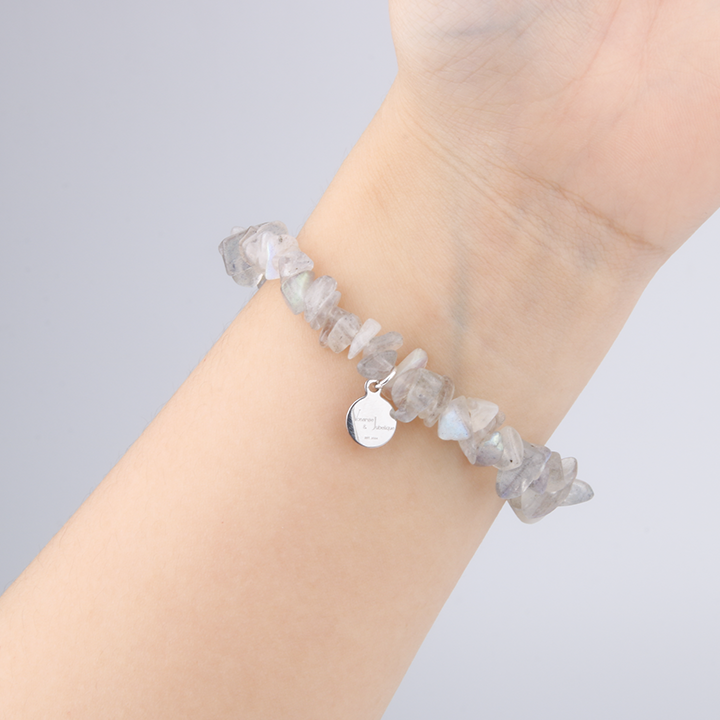
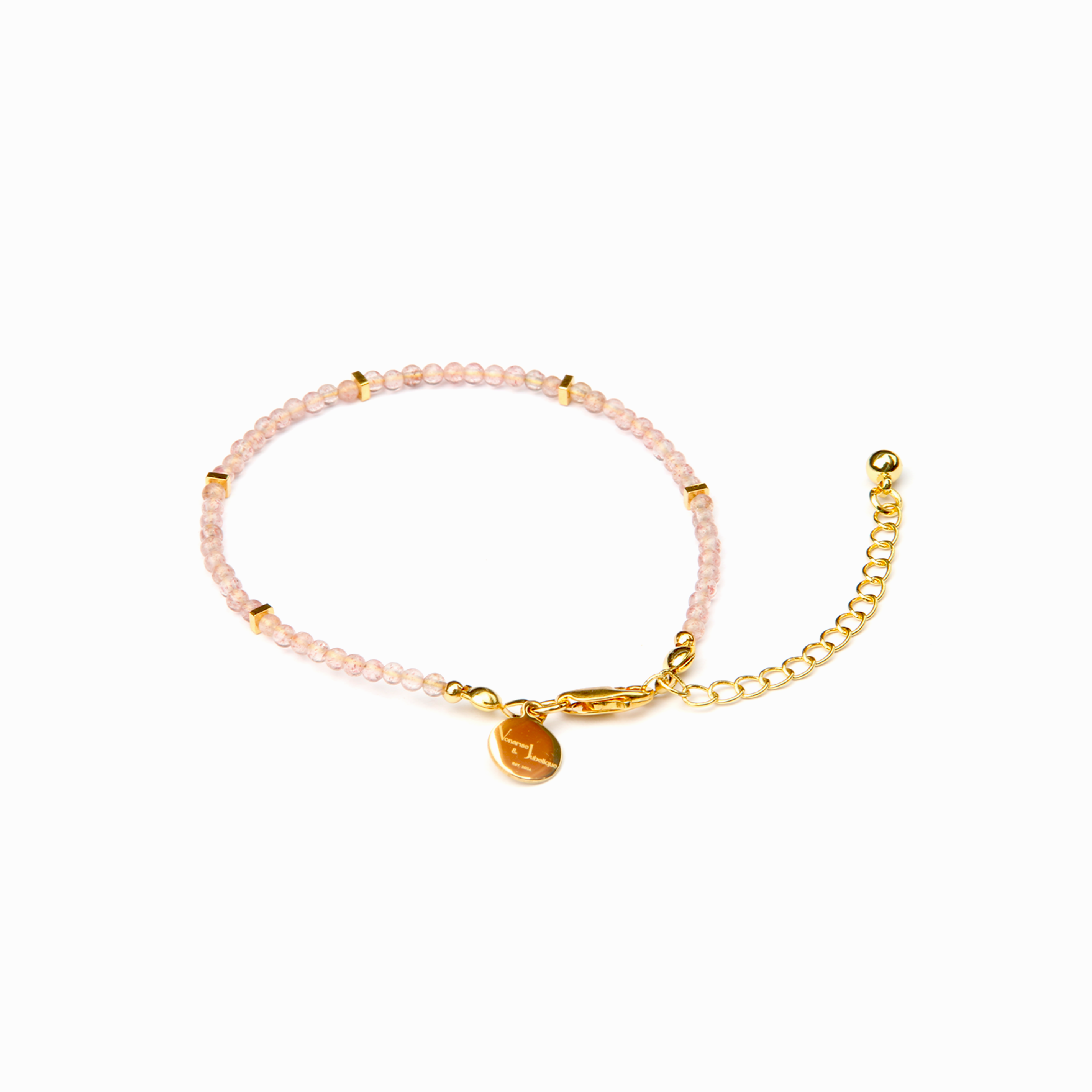
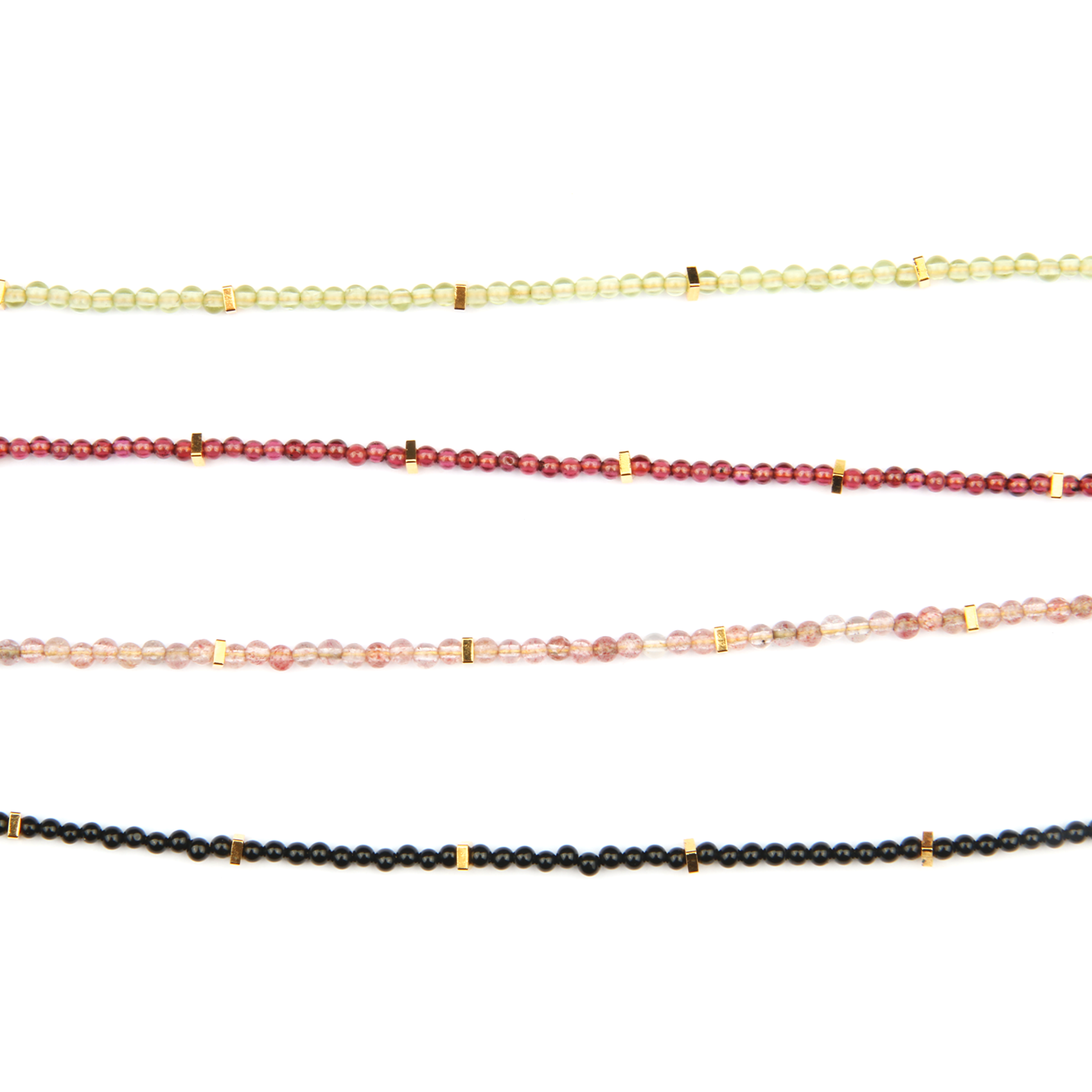
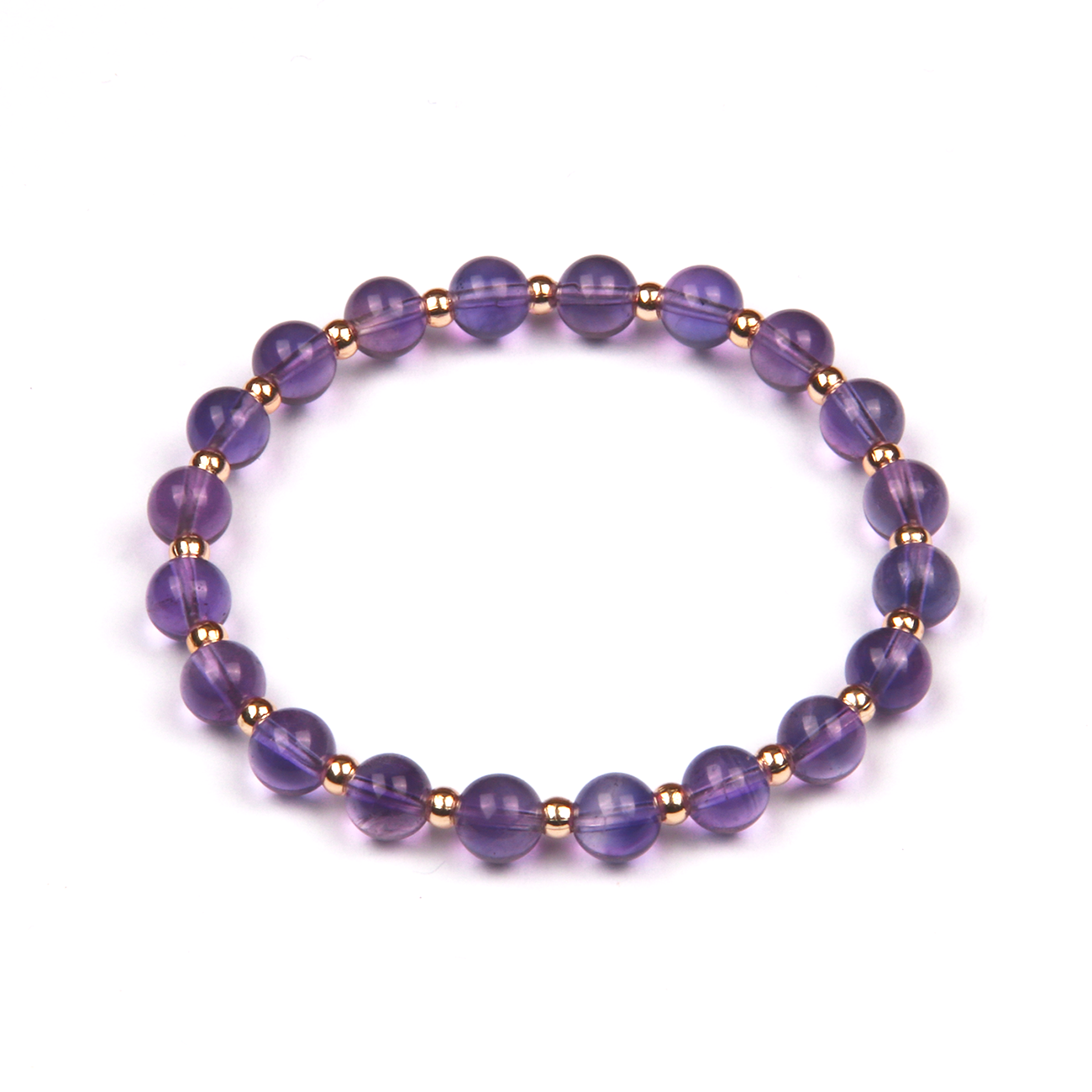
Share:
Sardonyx
Red Jasper